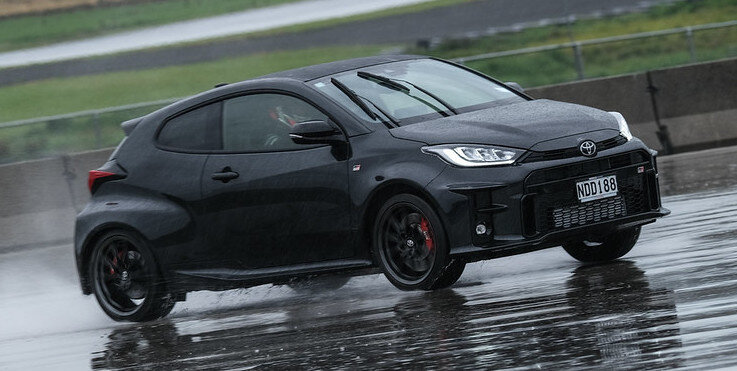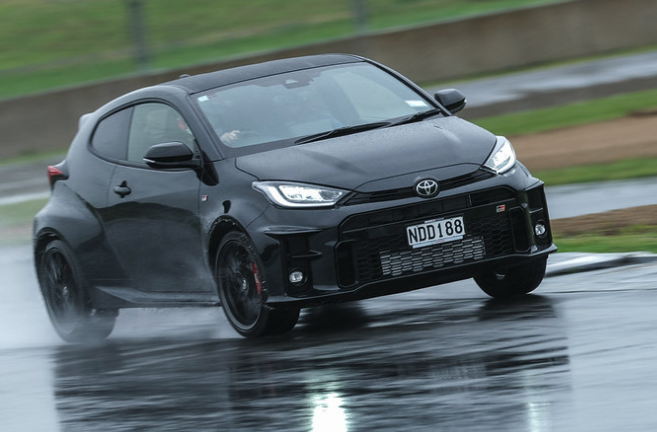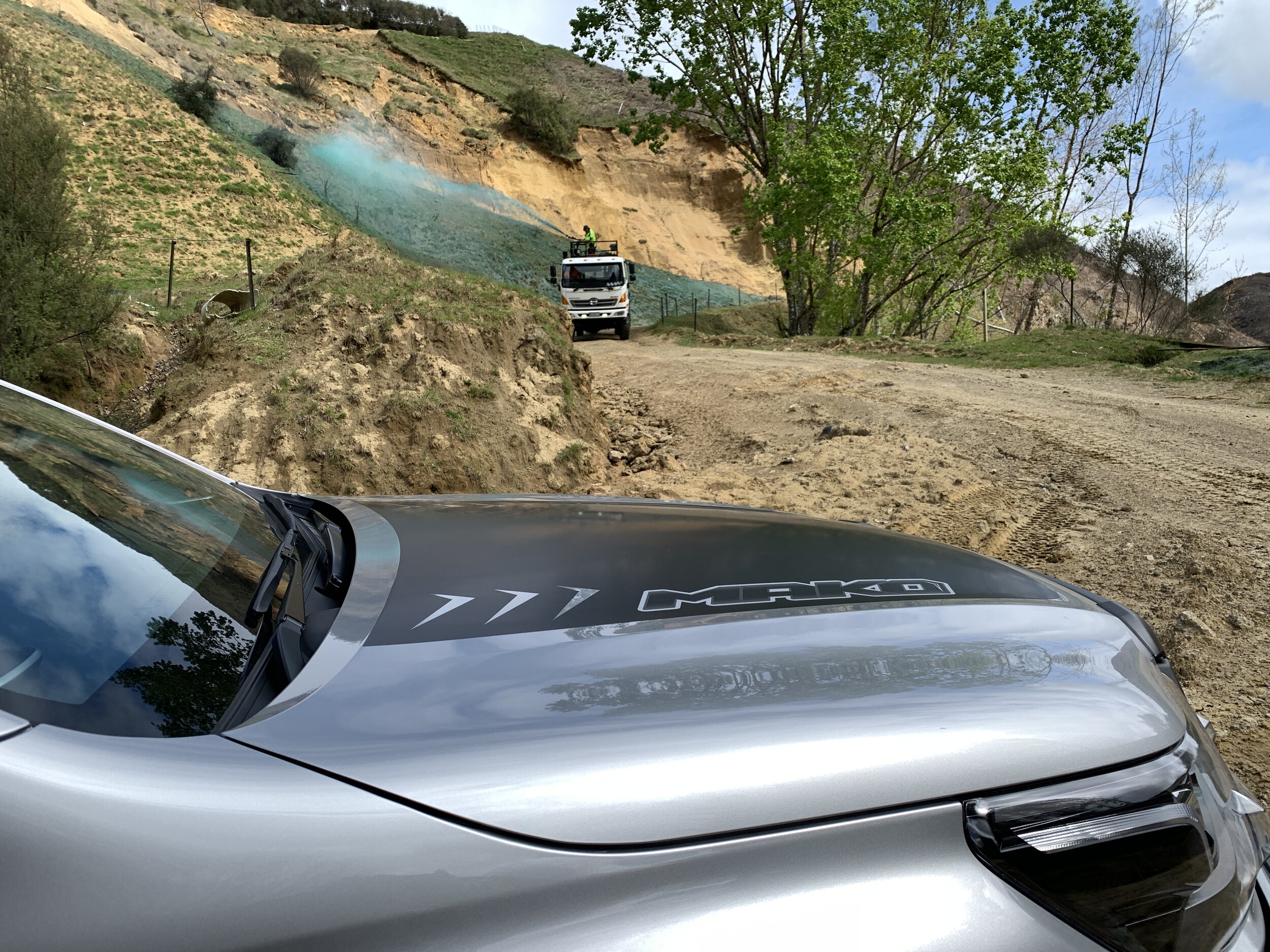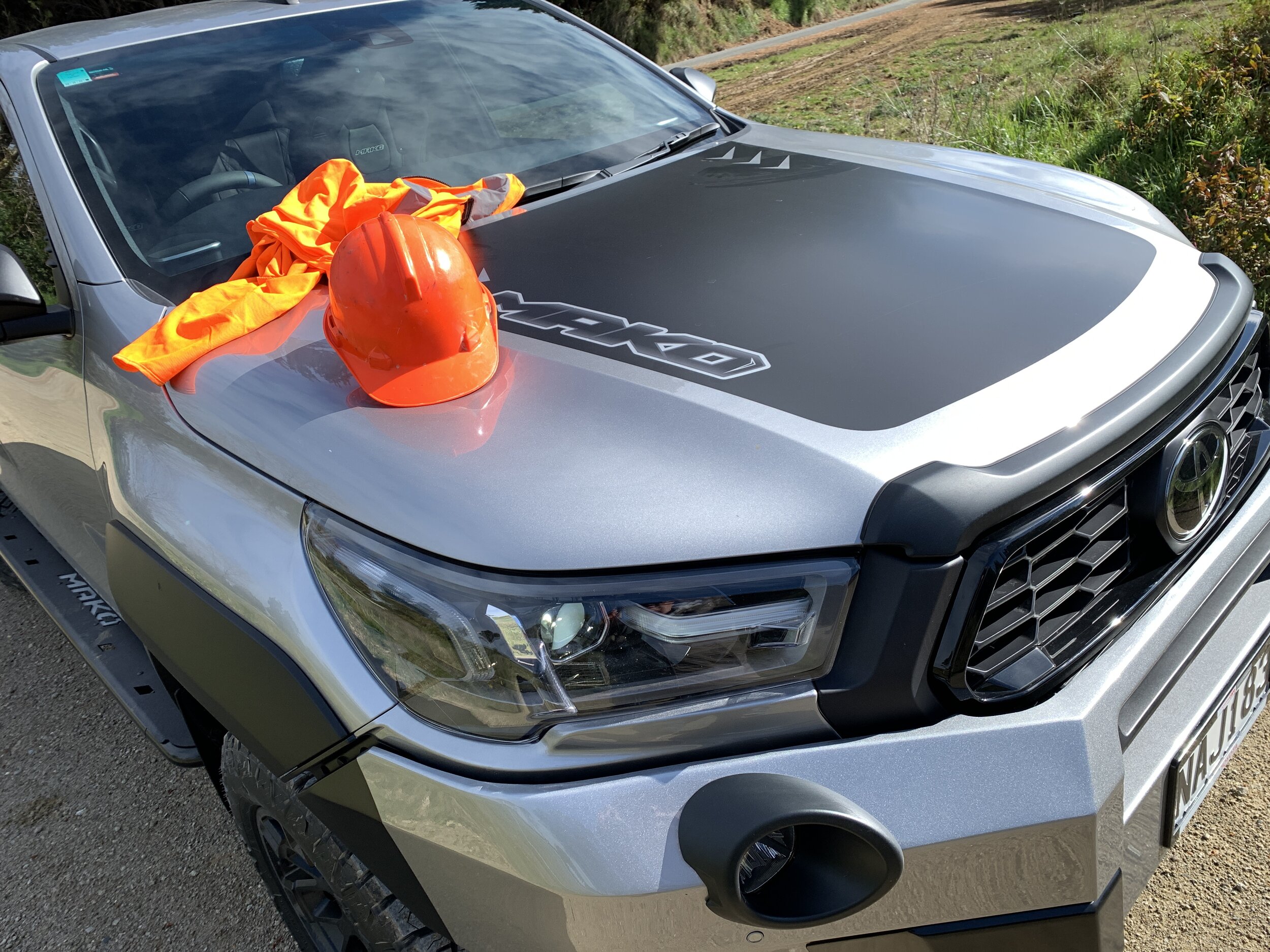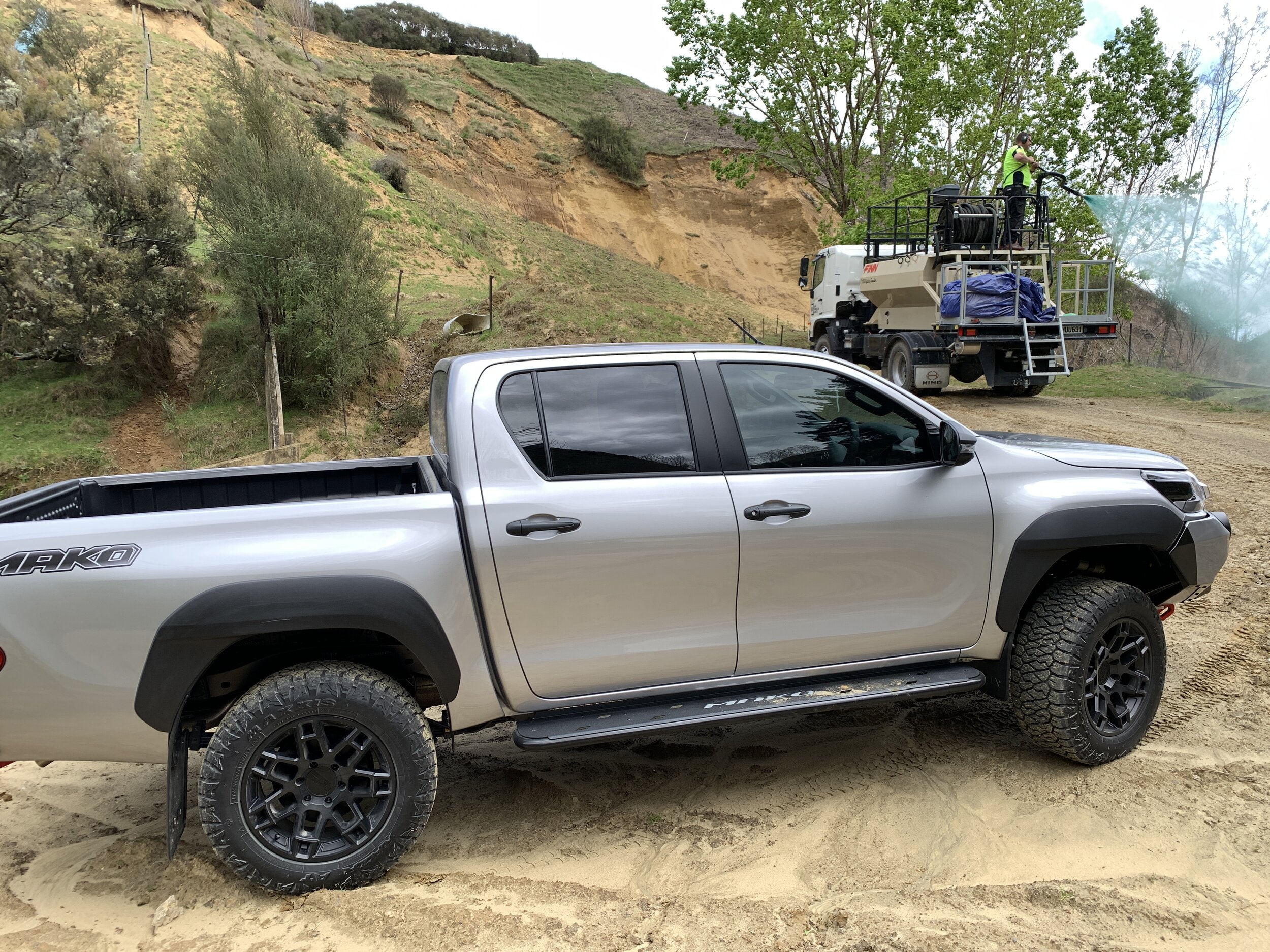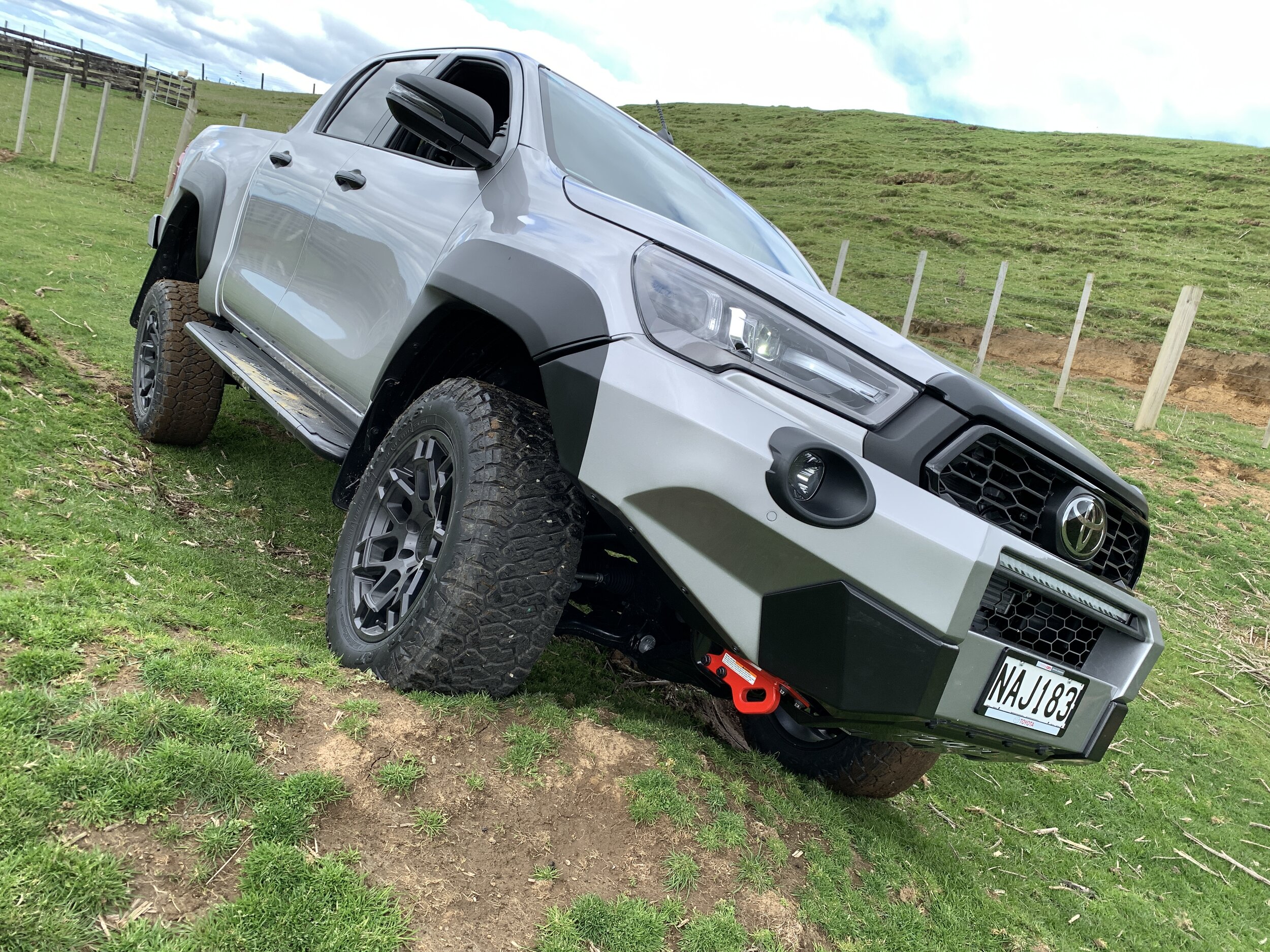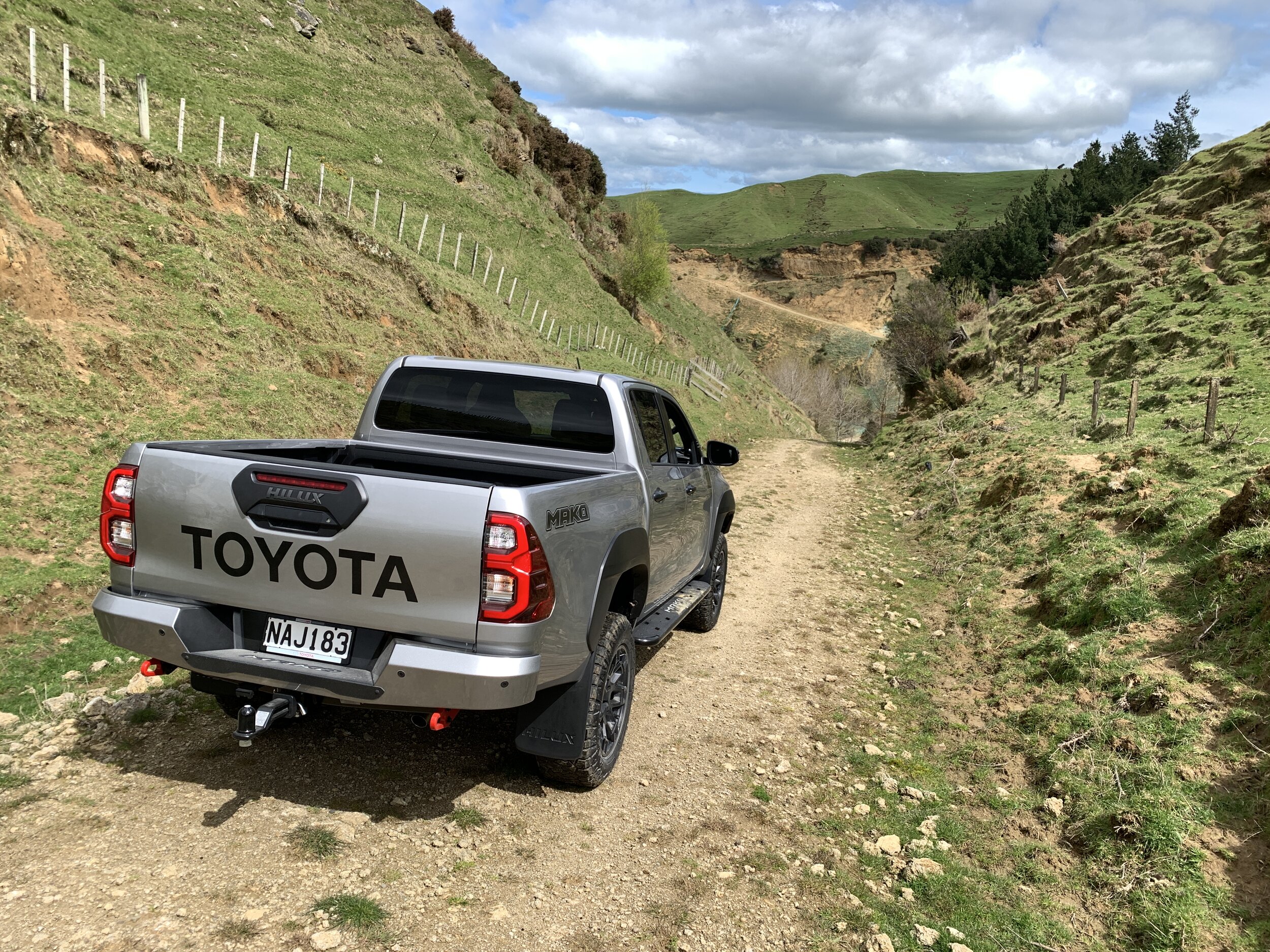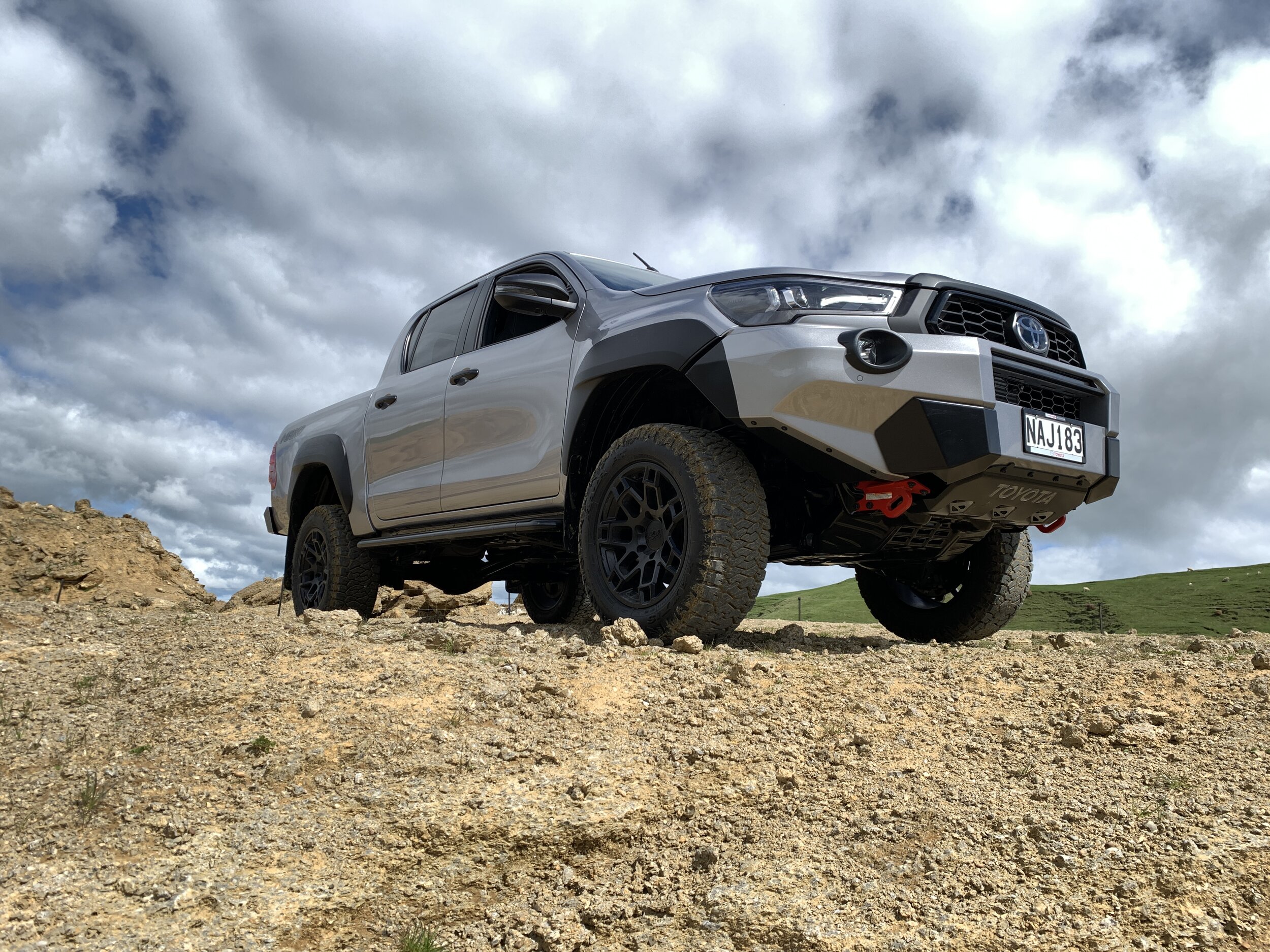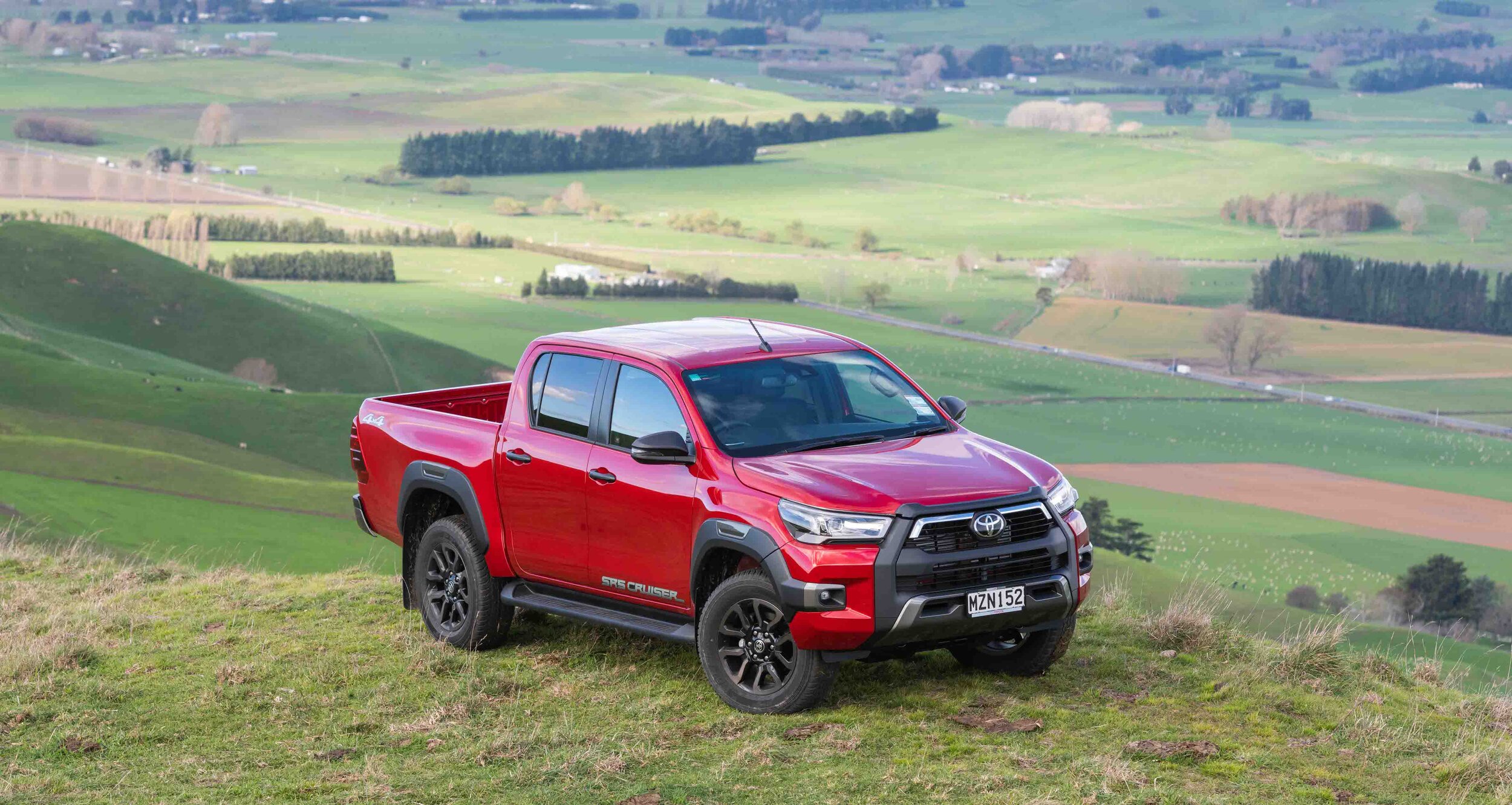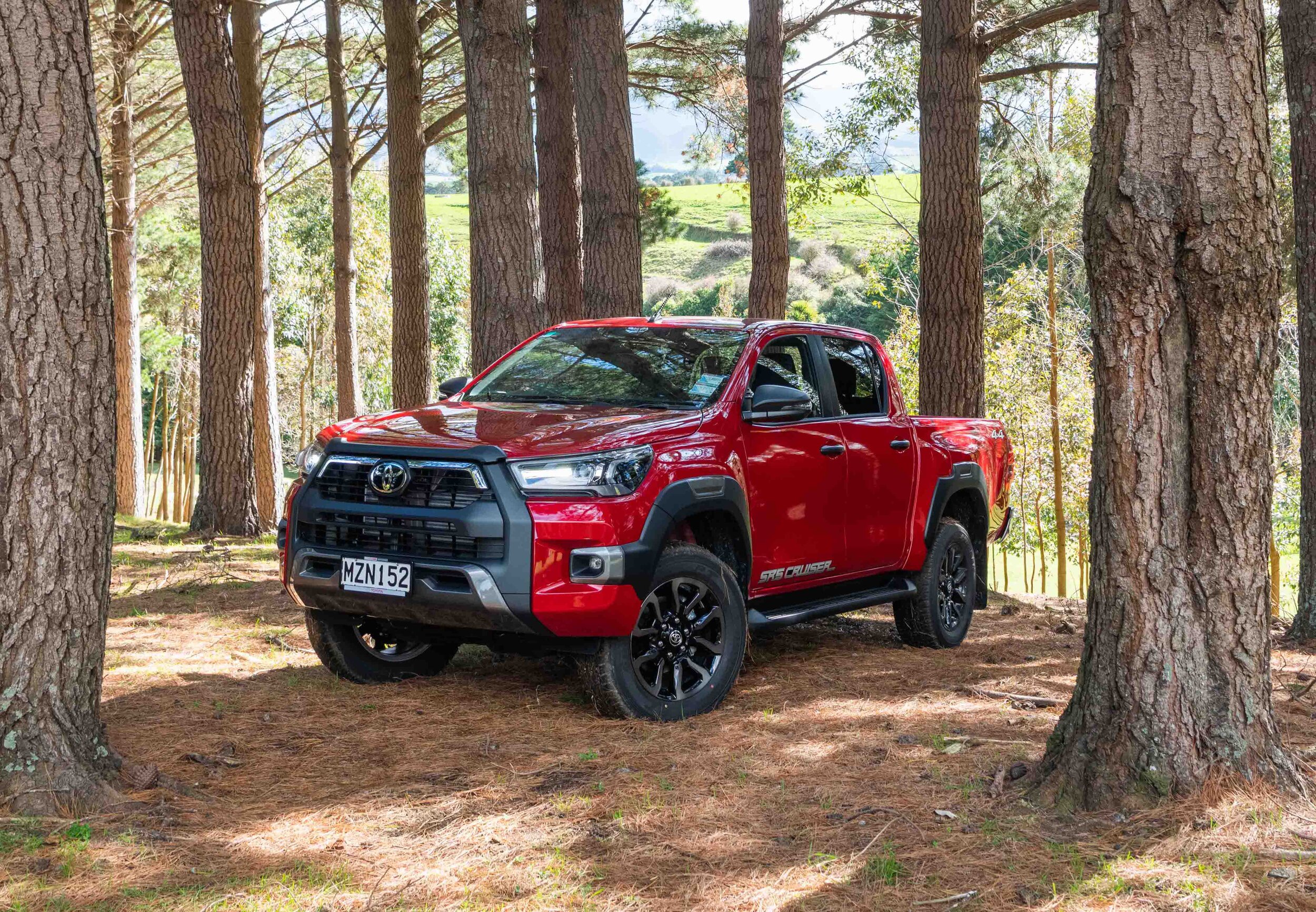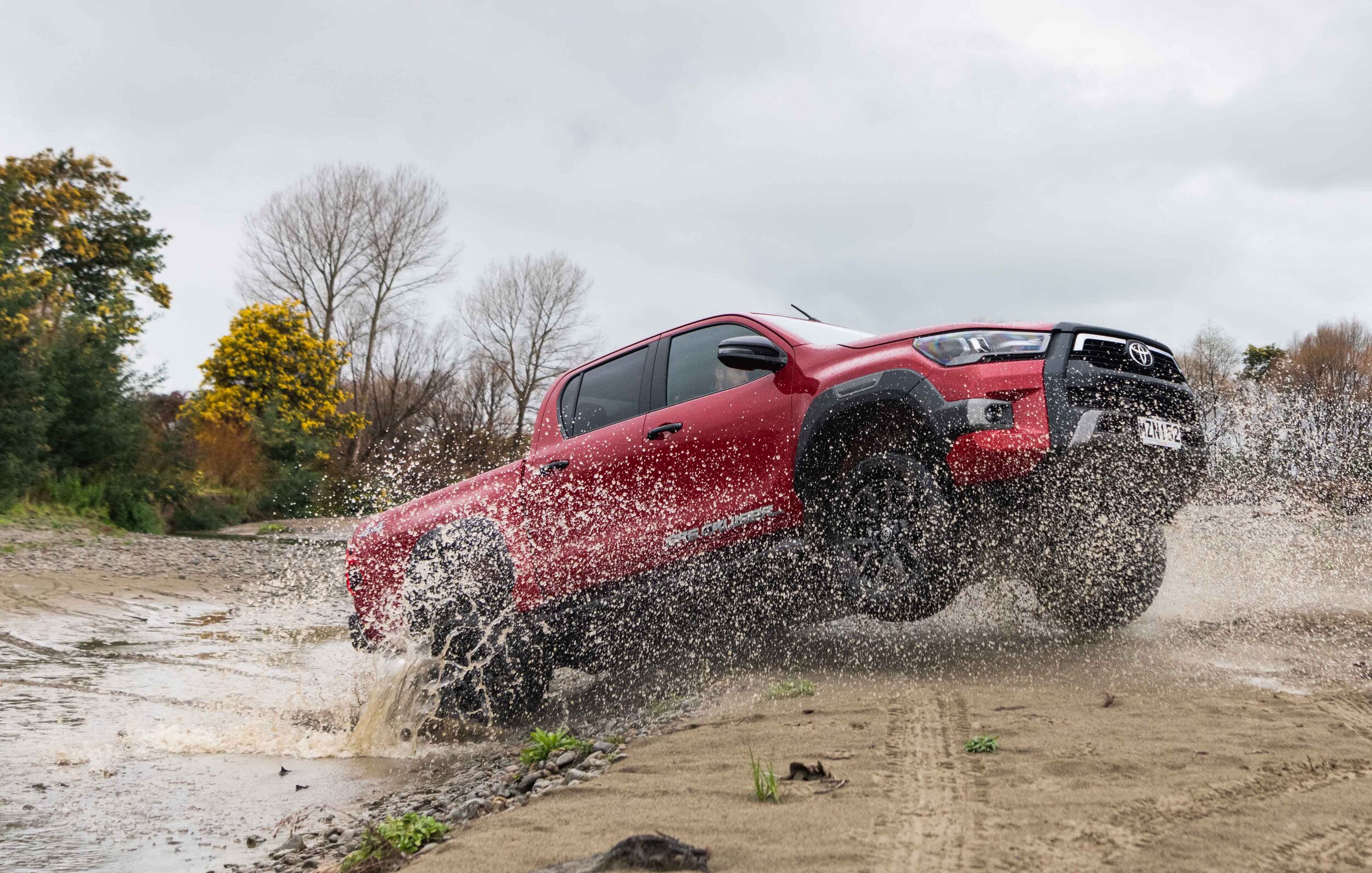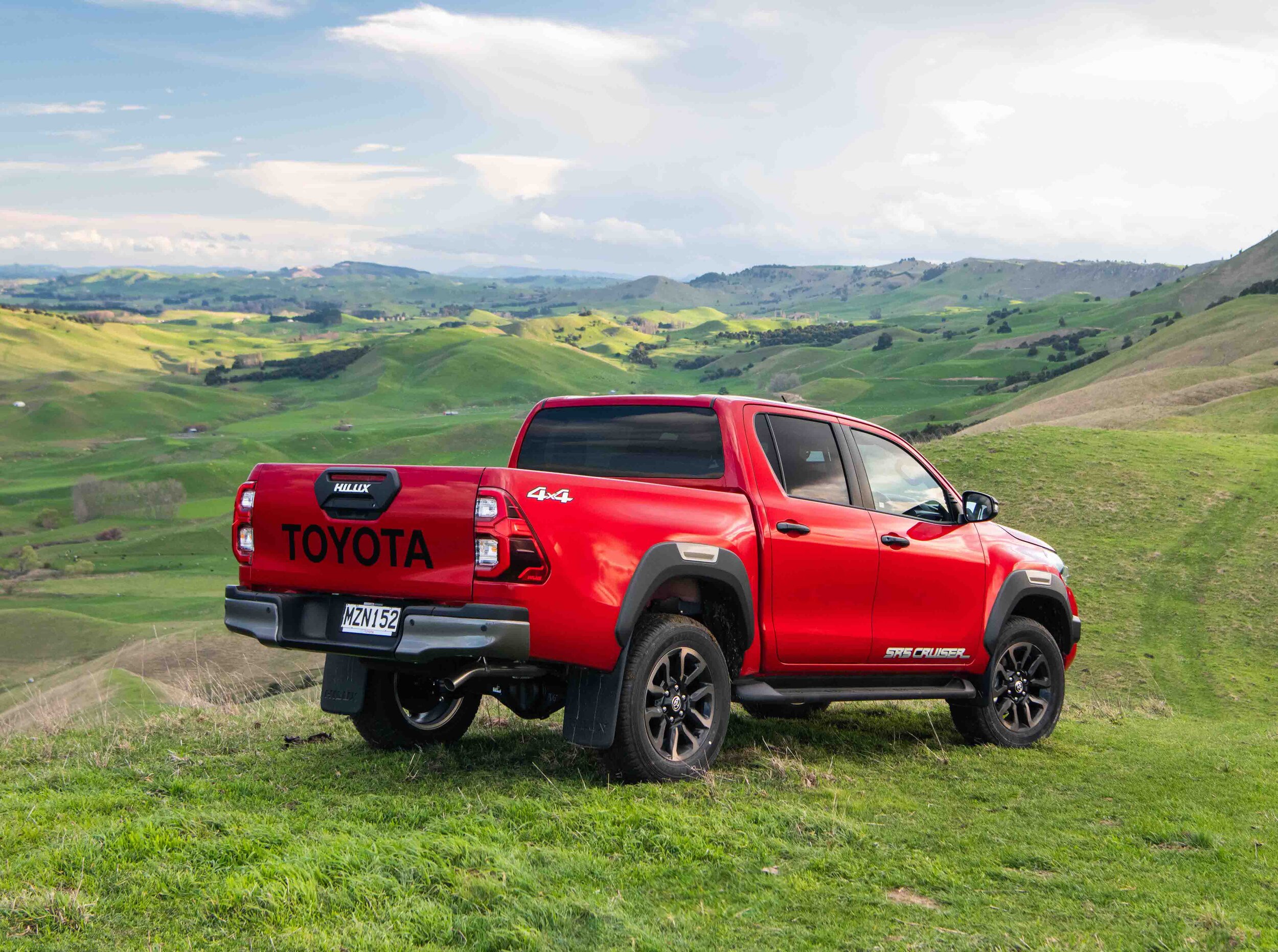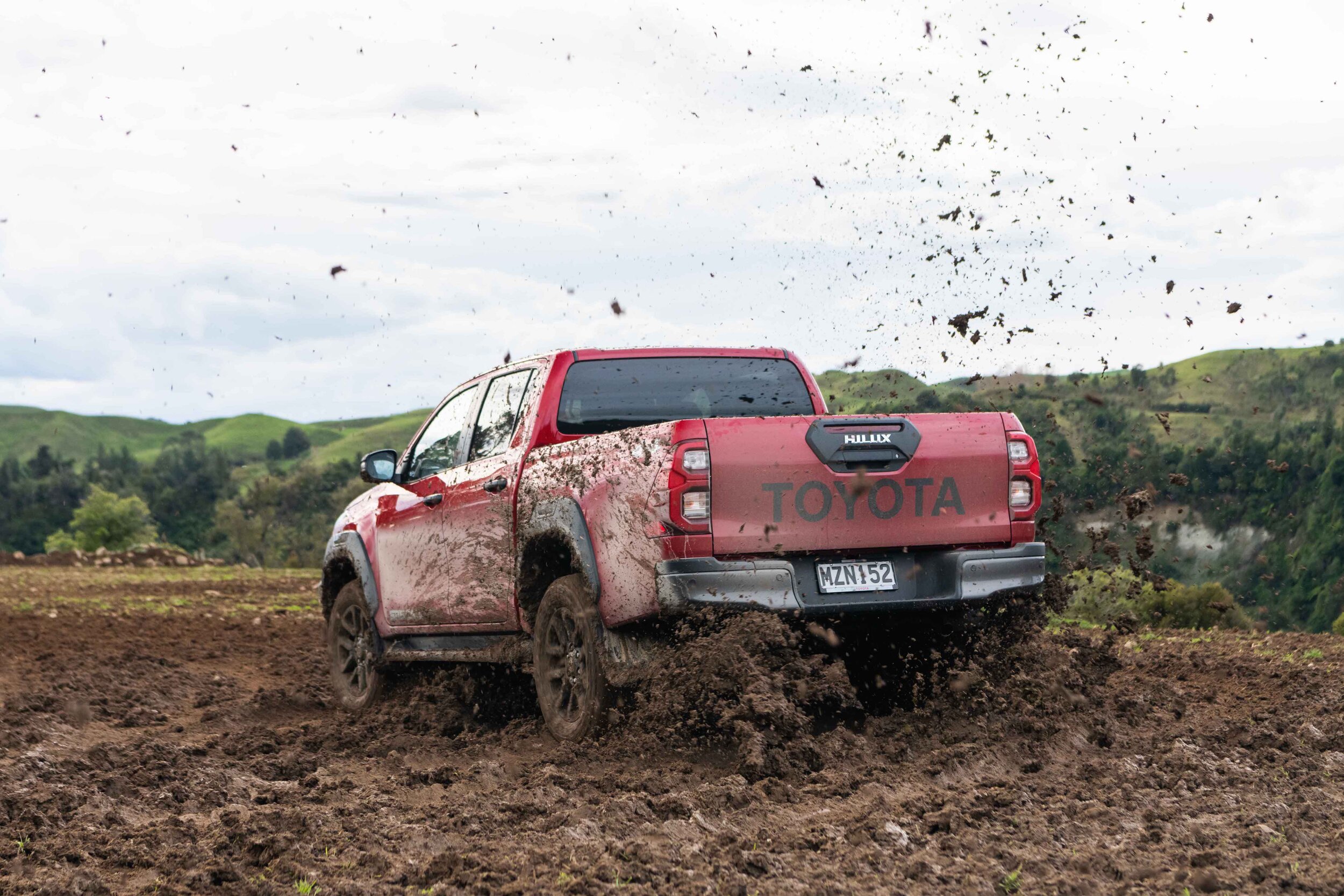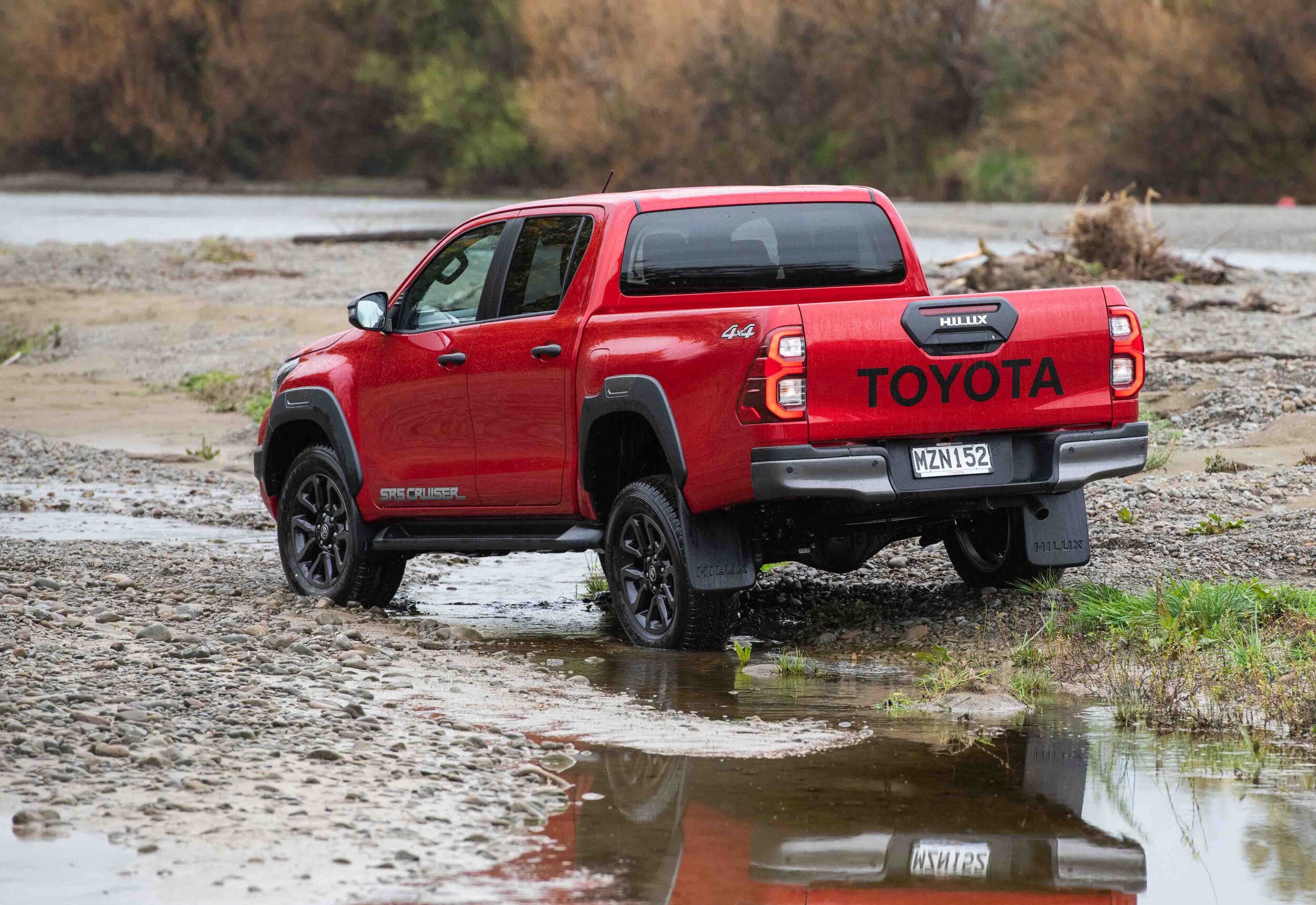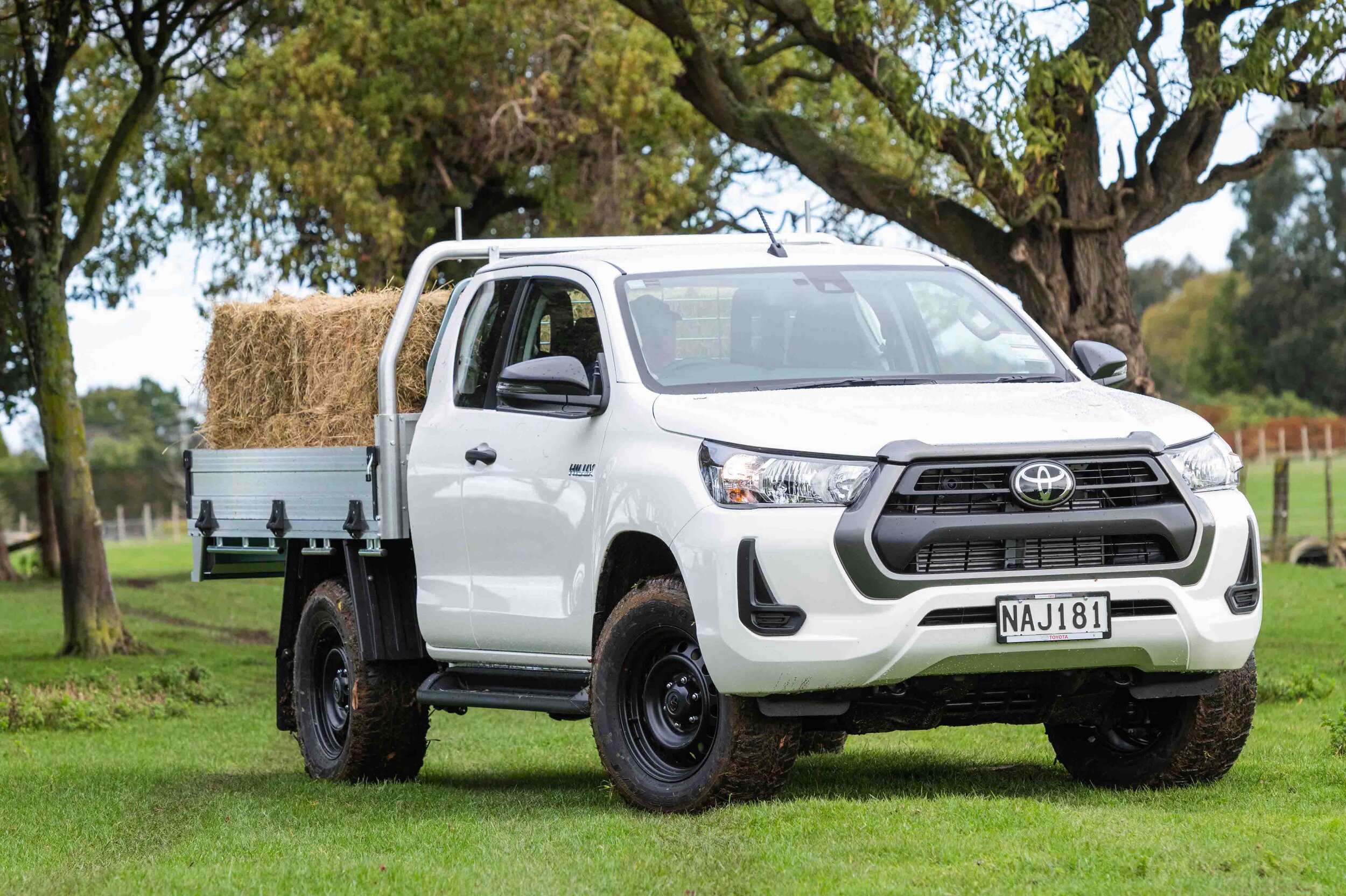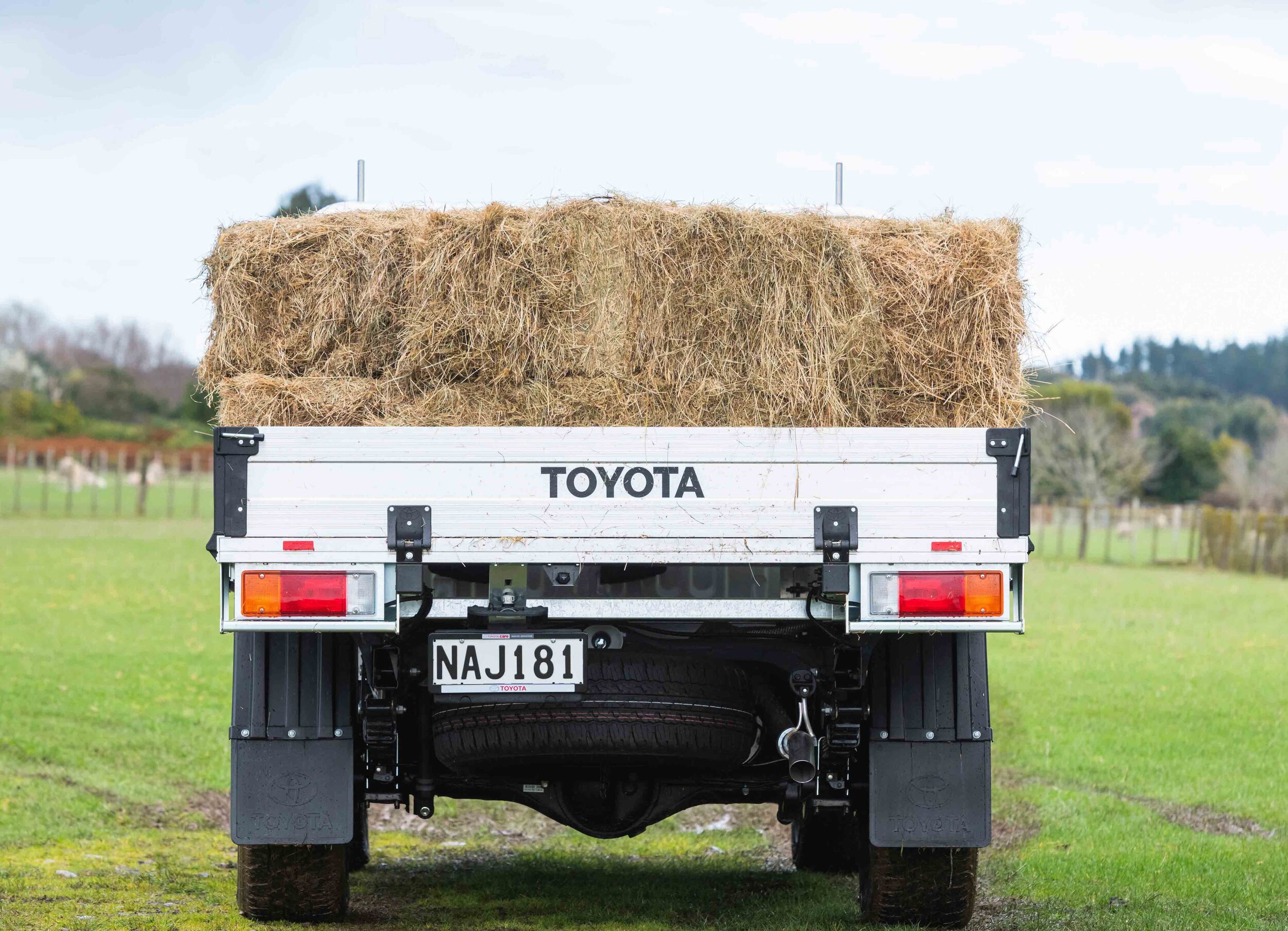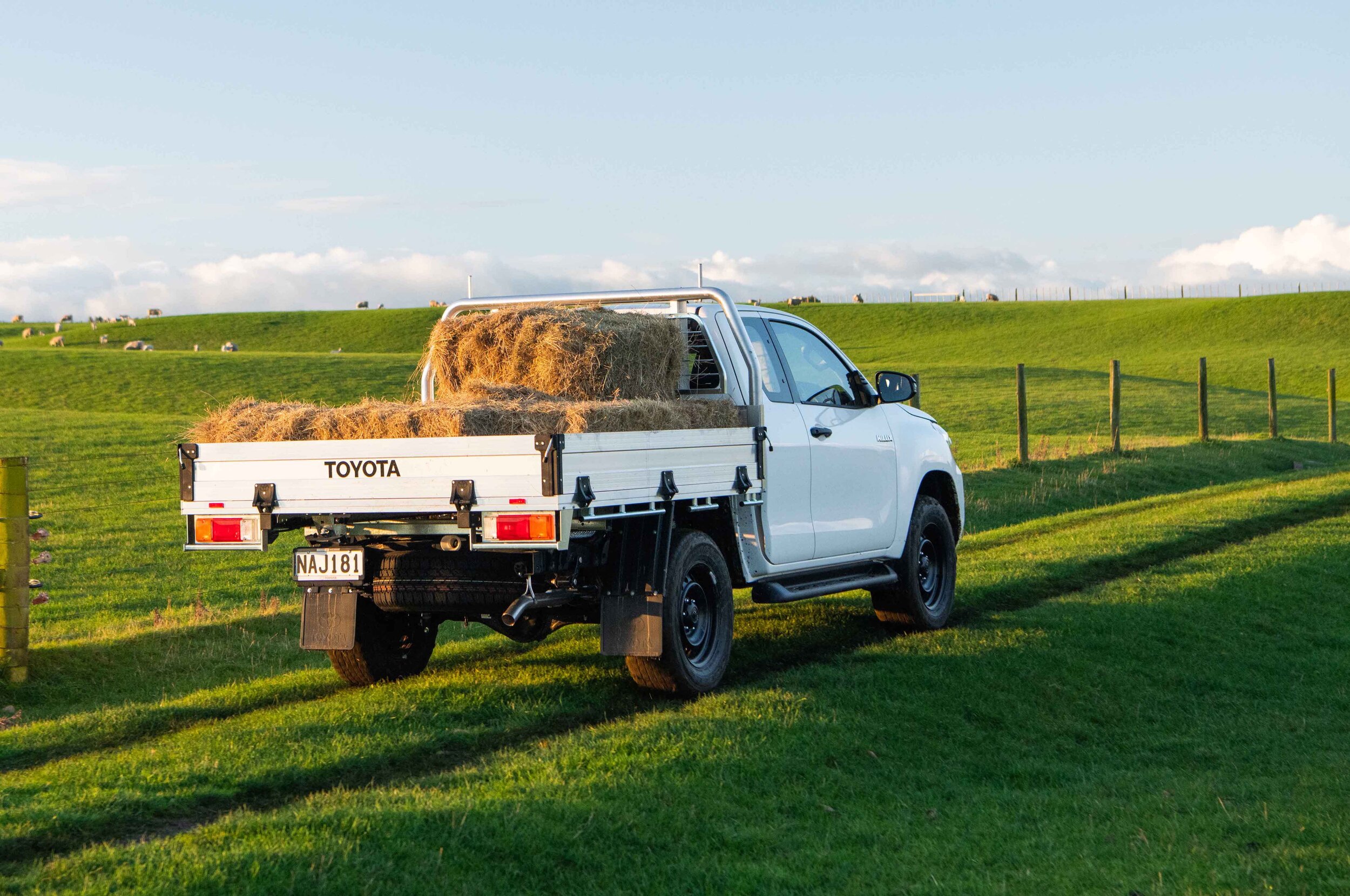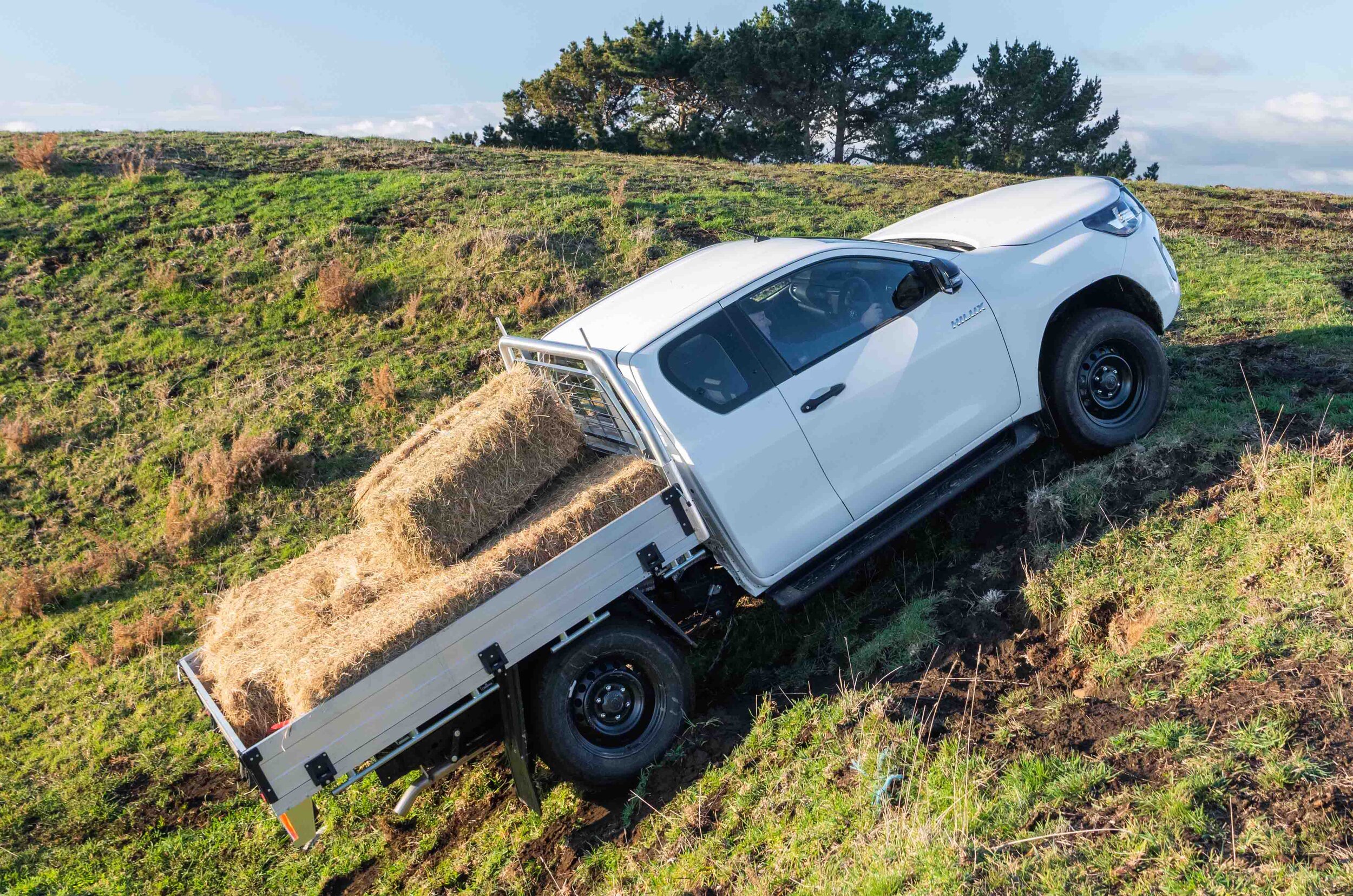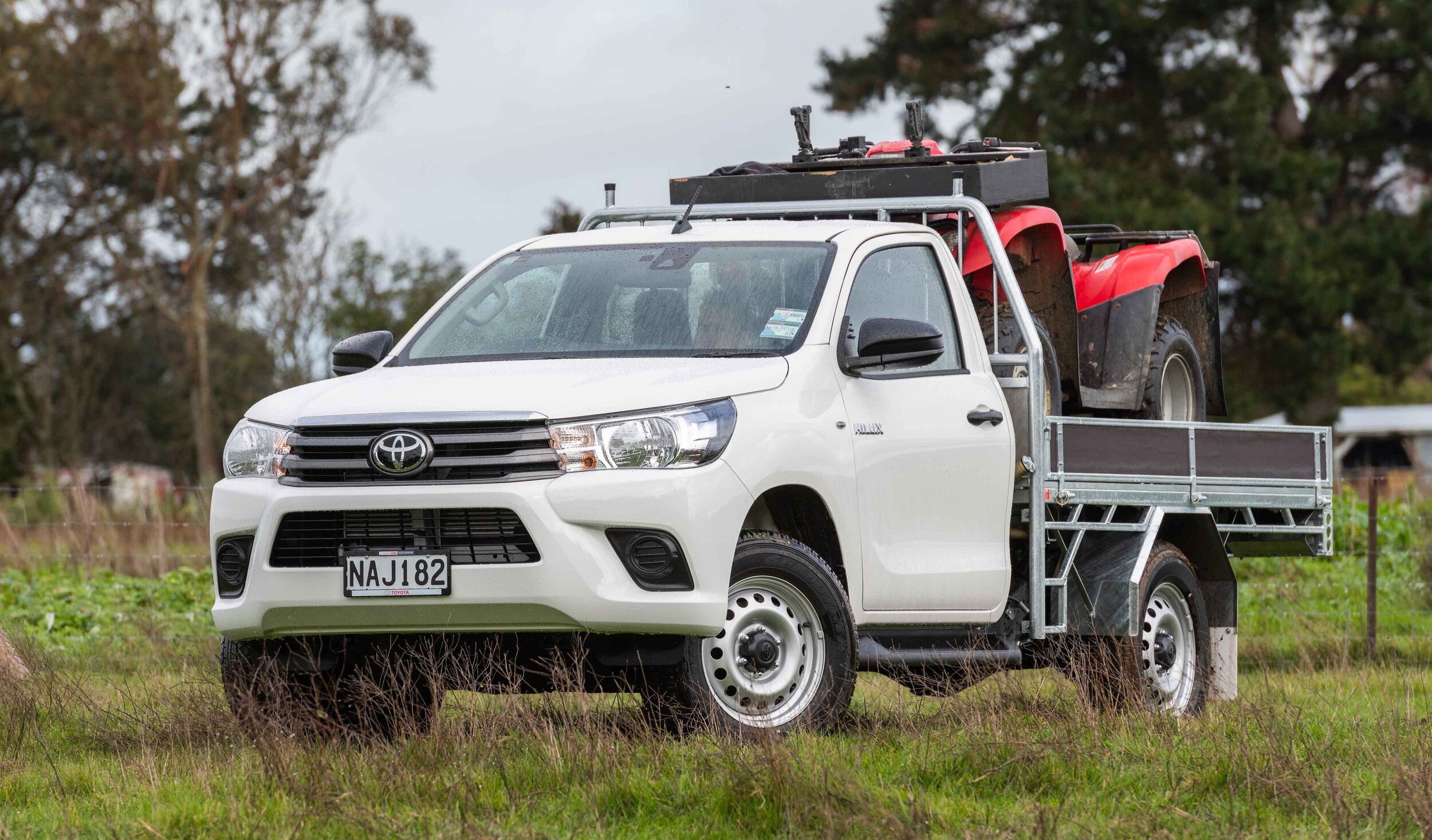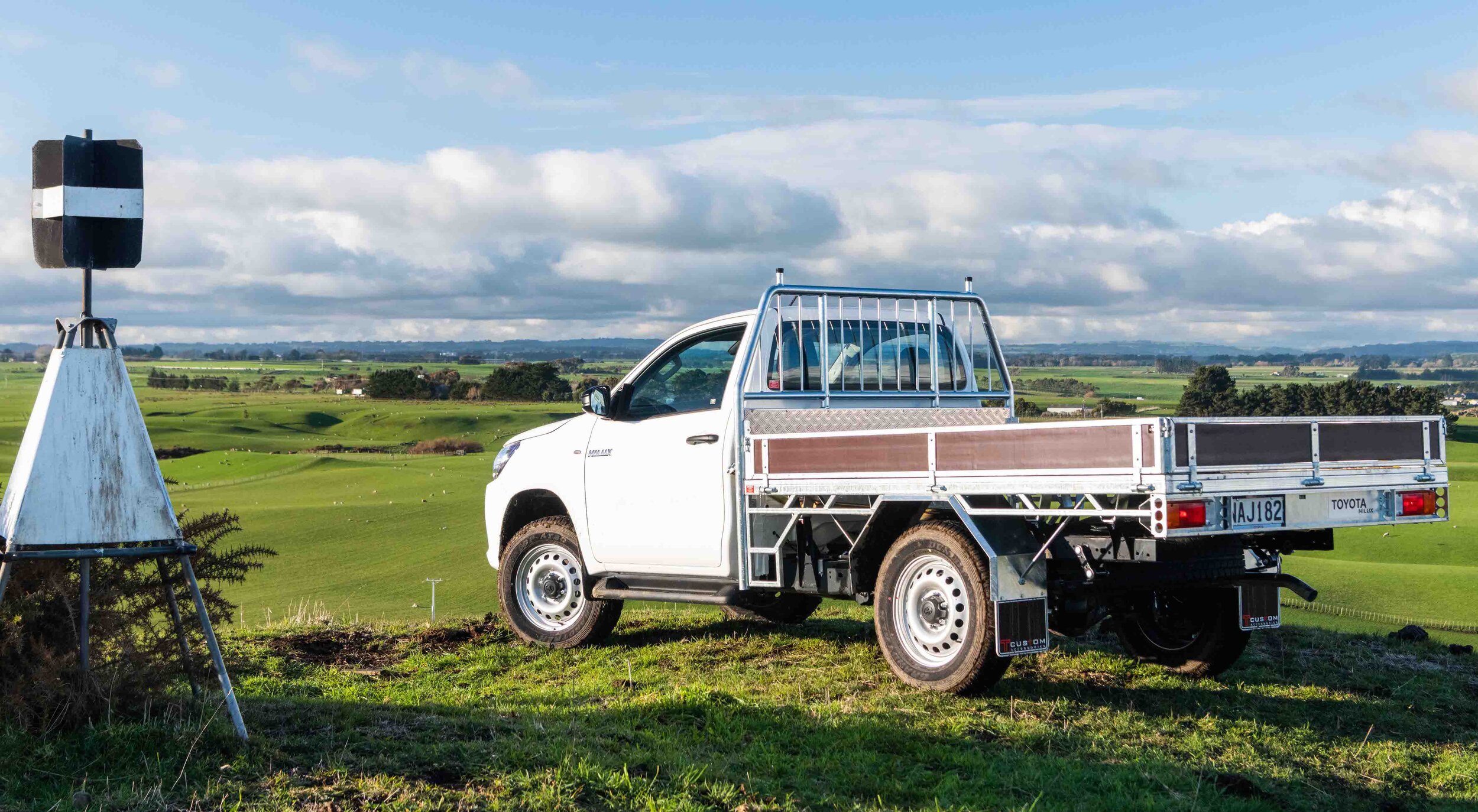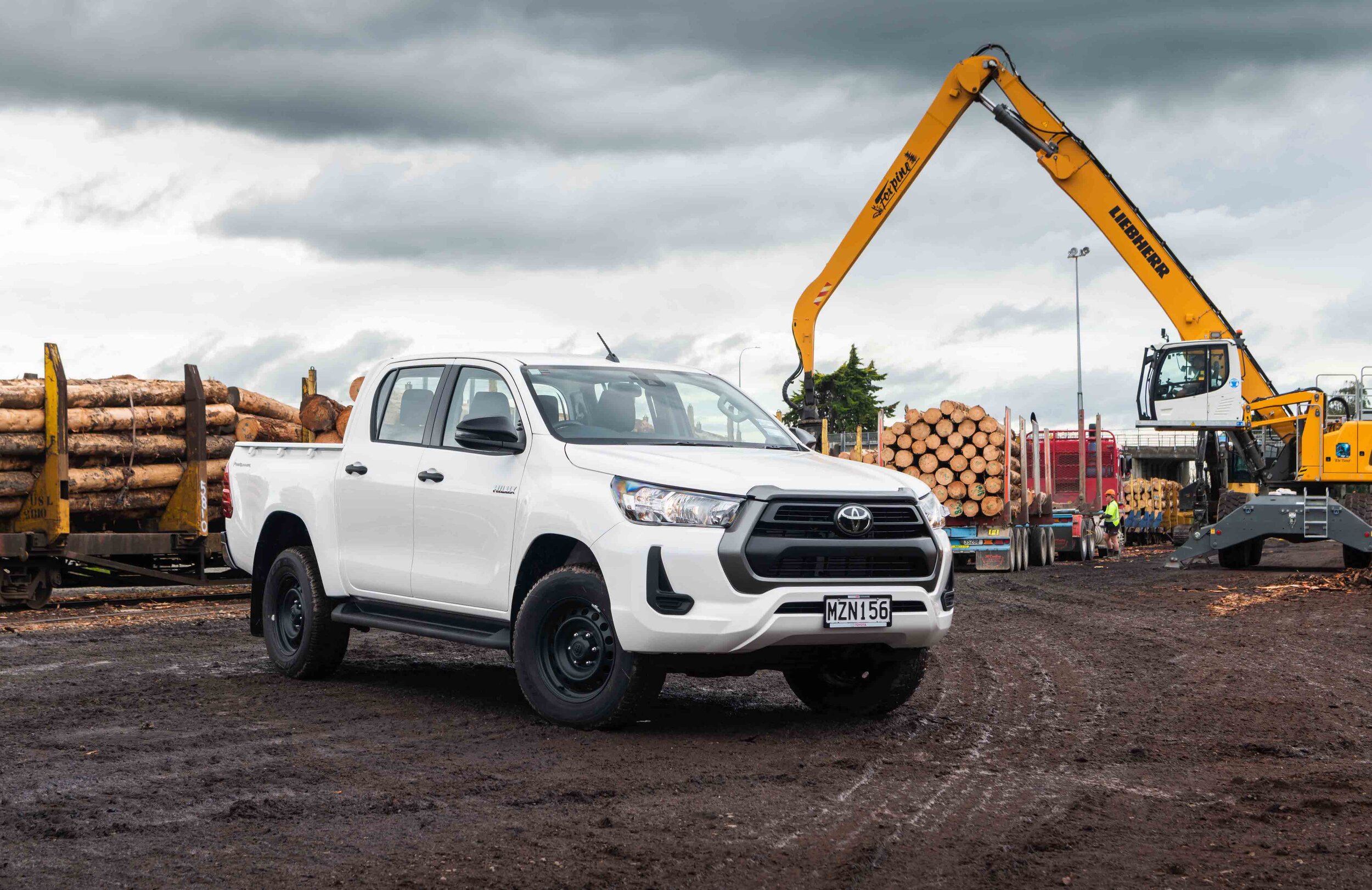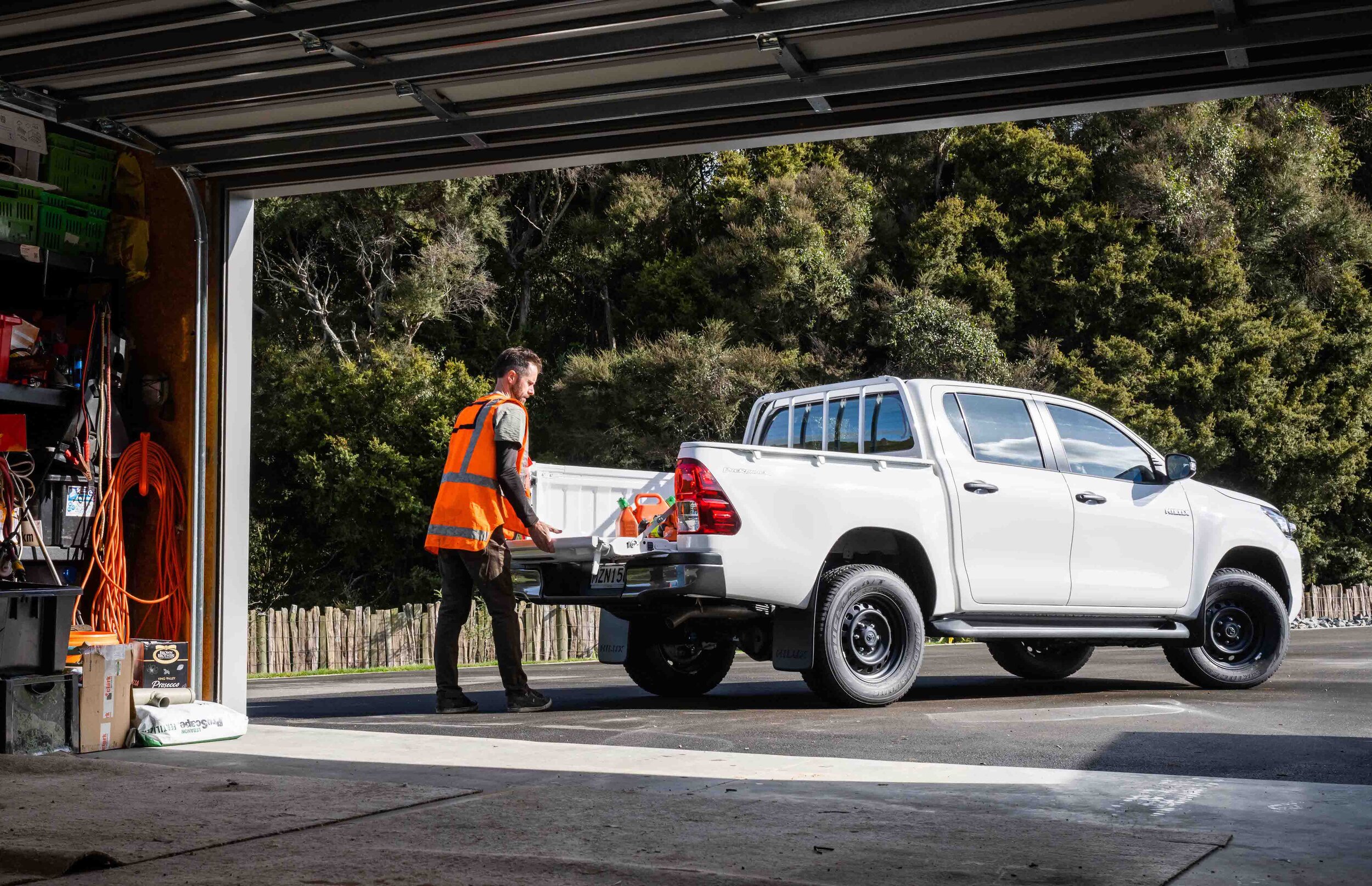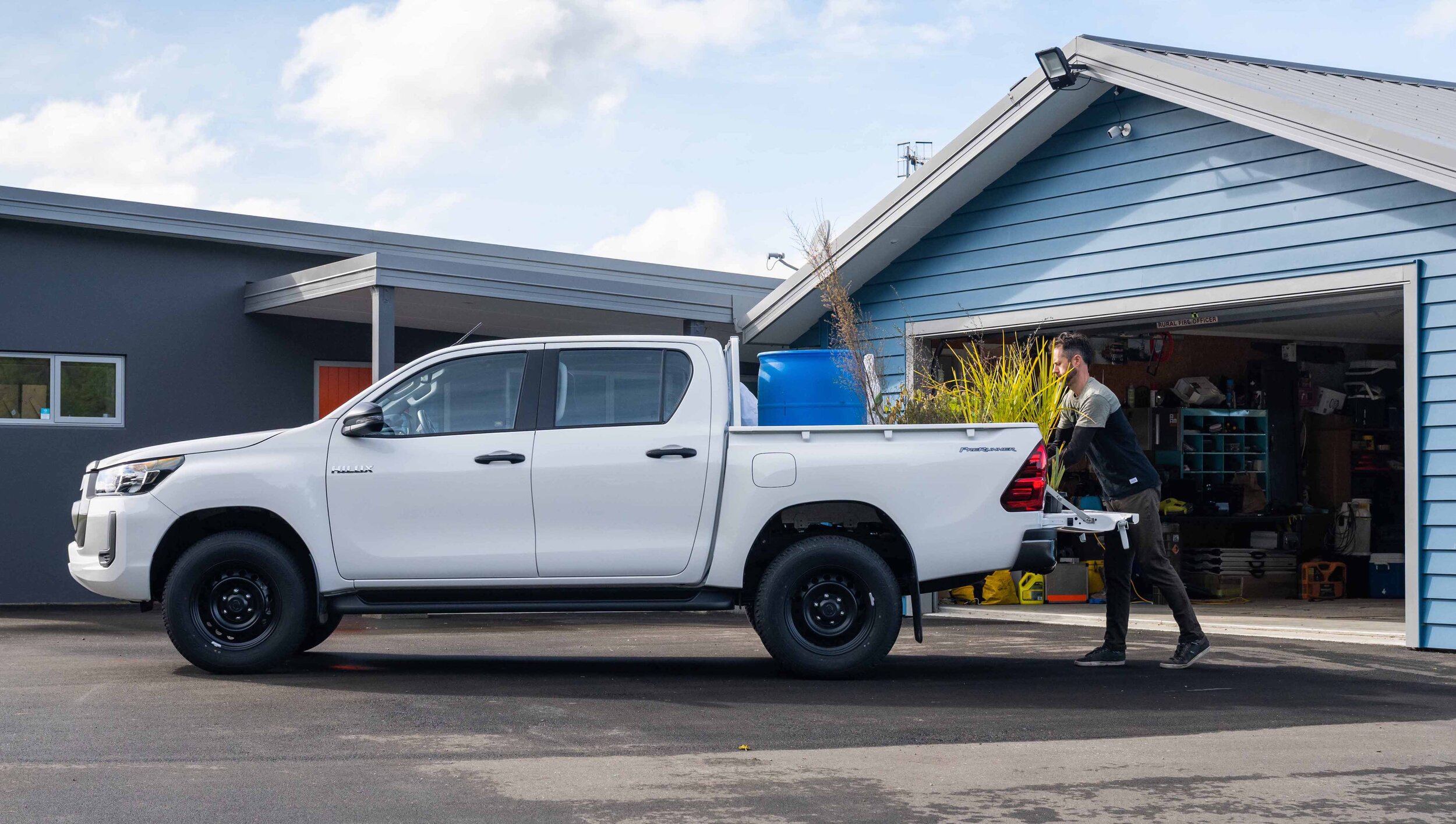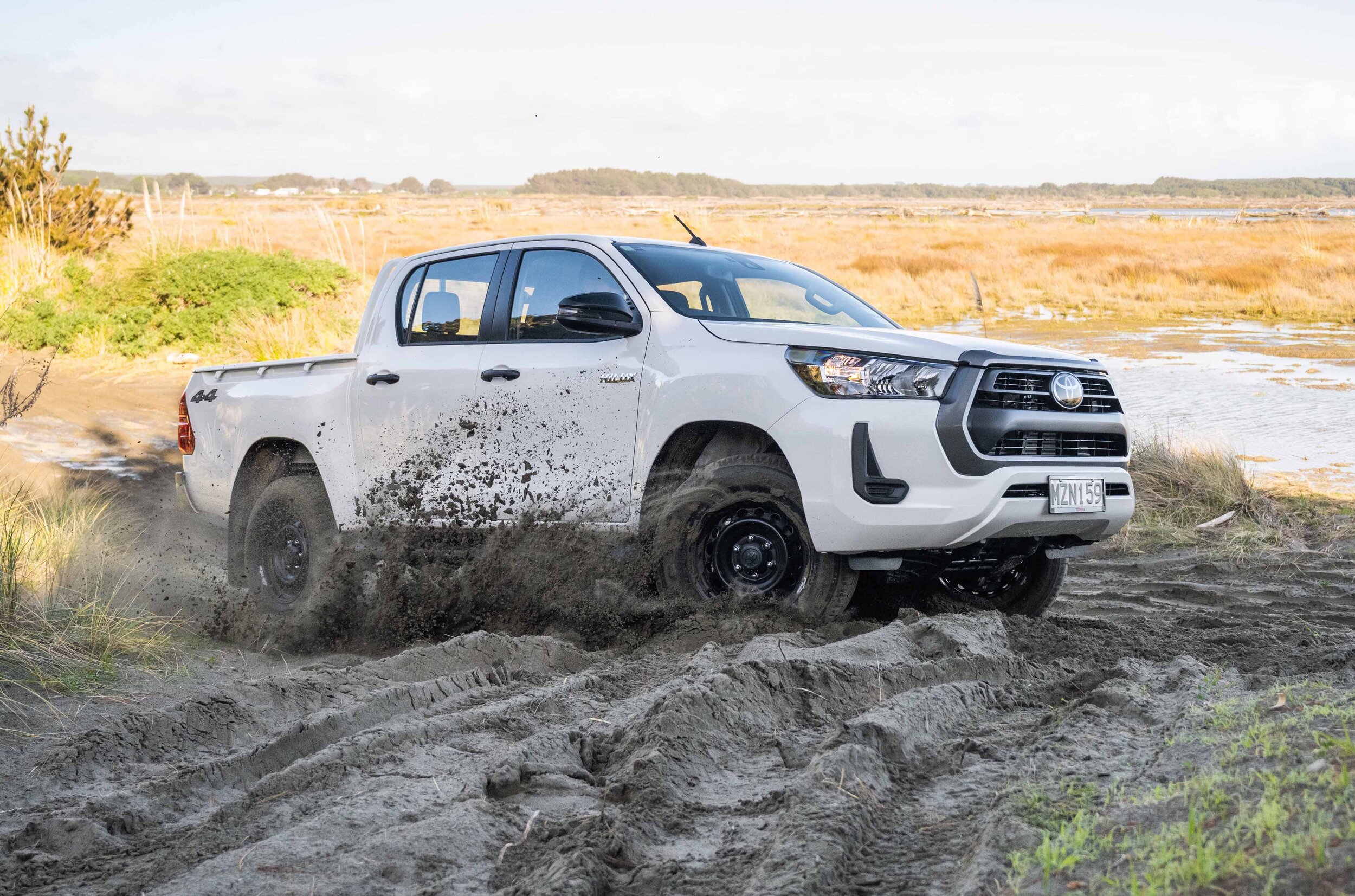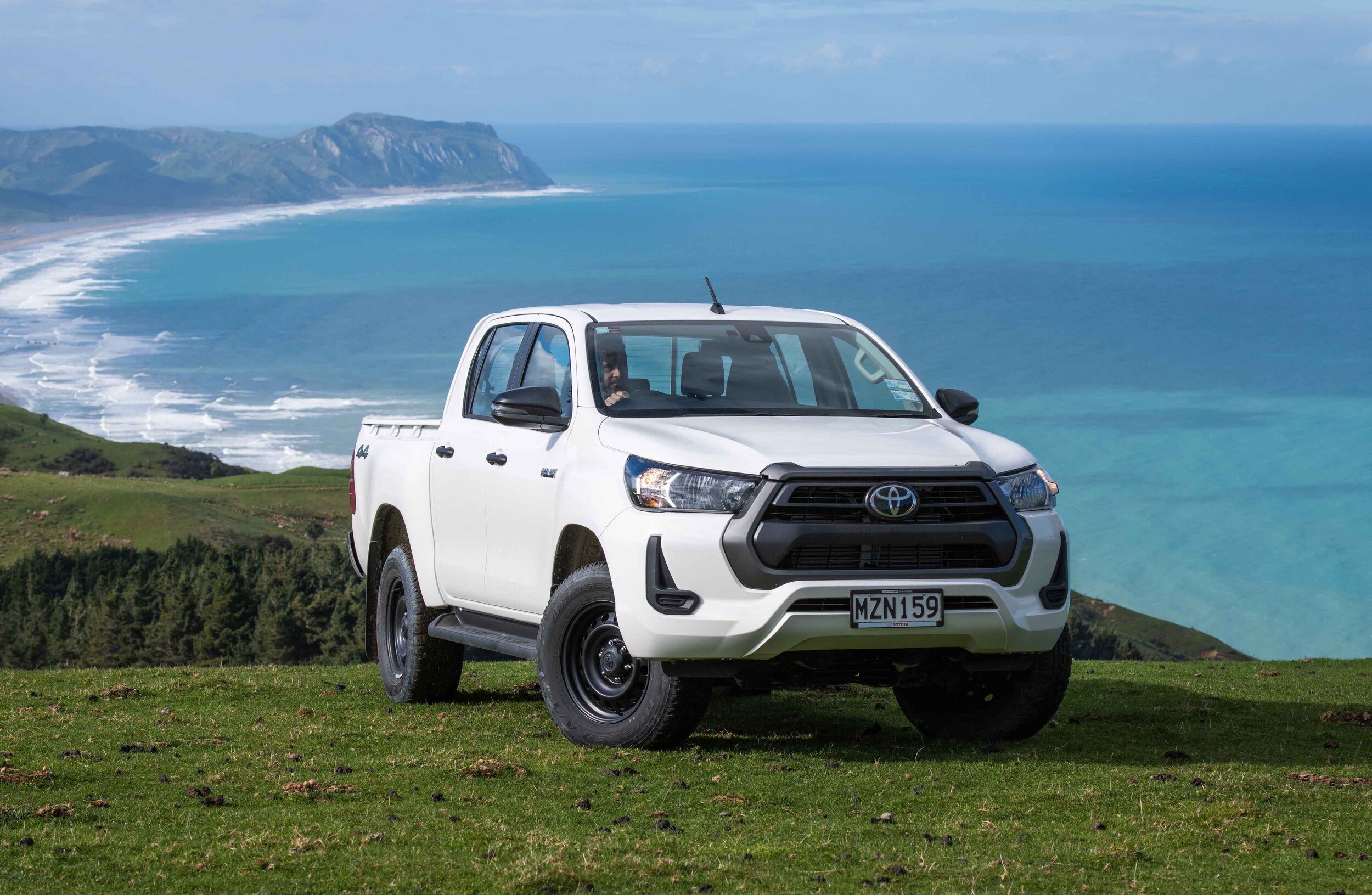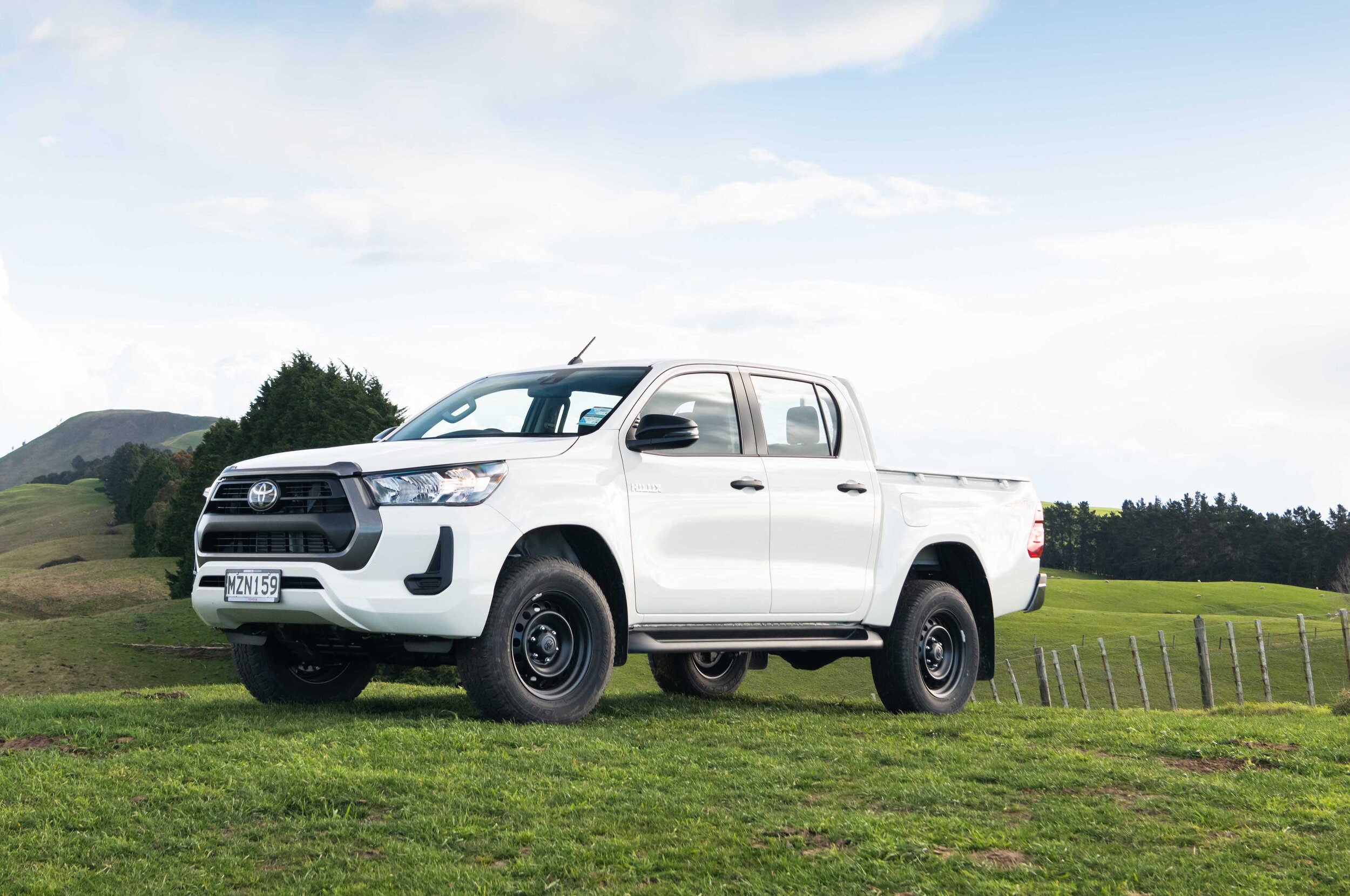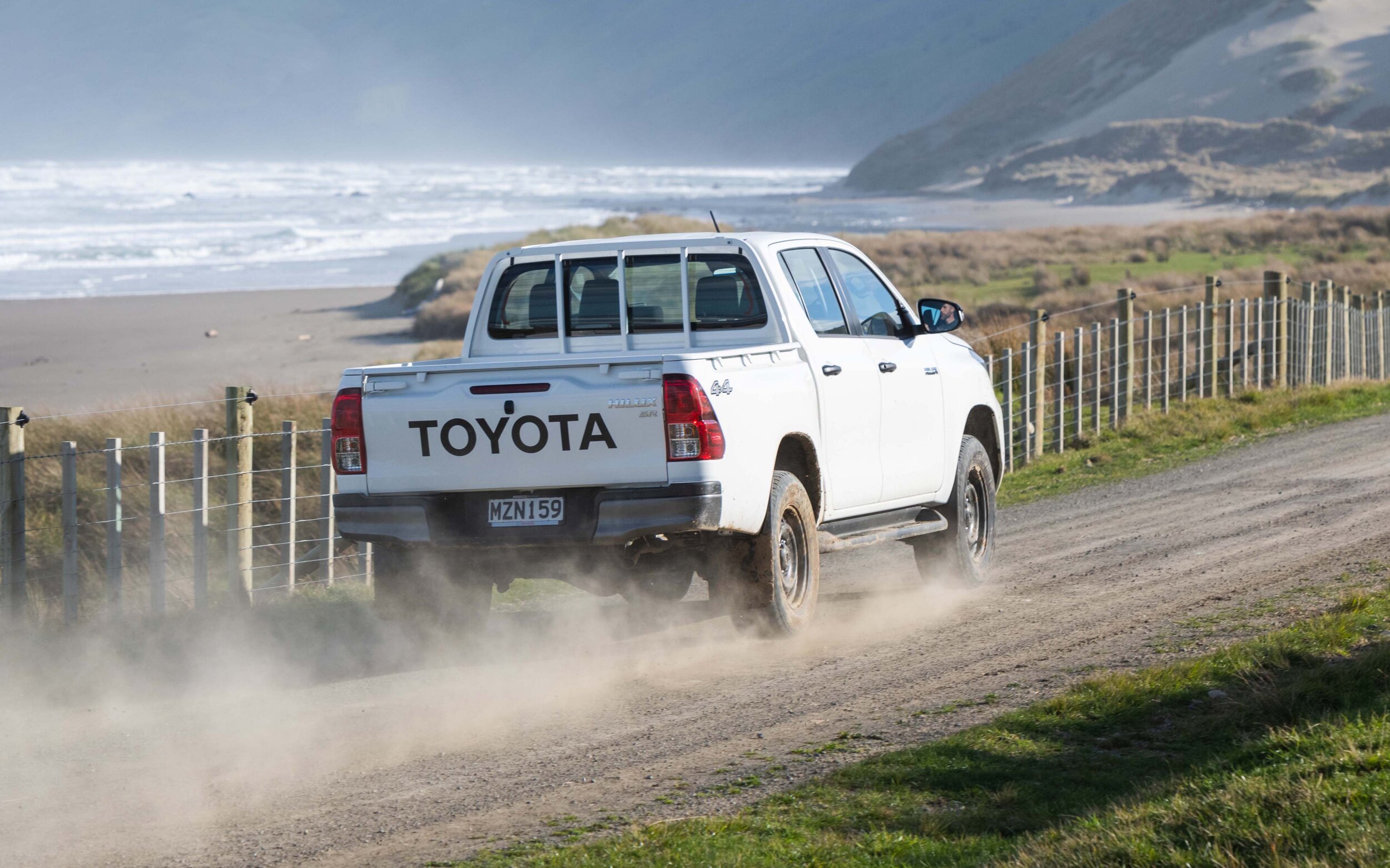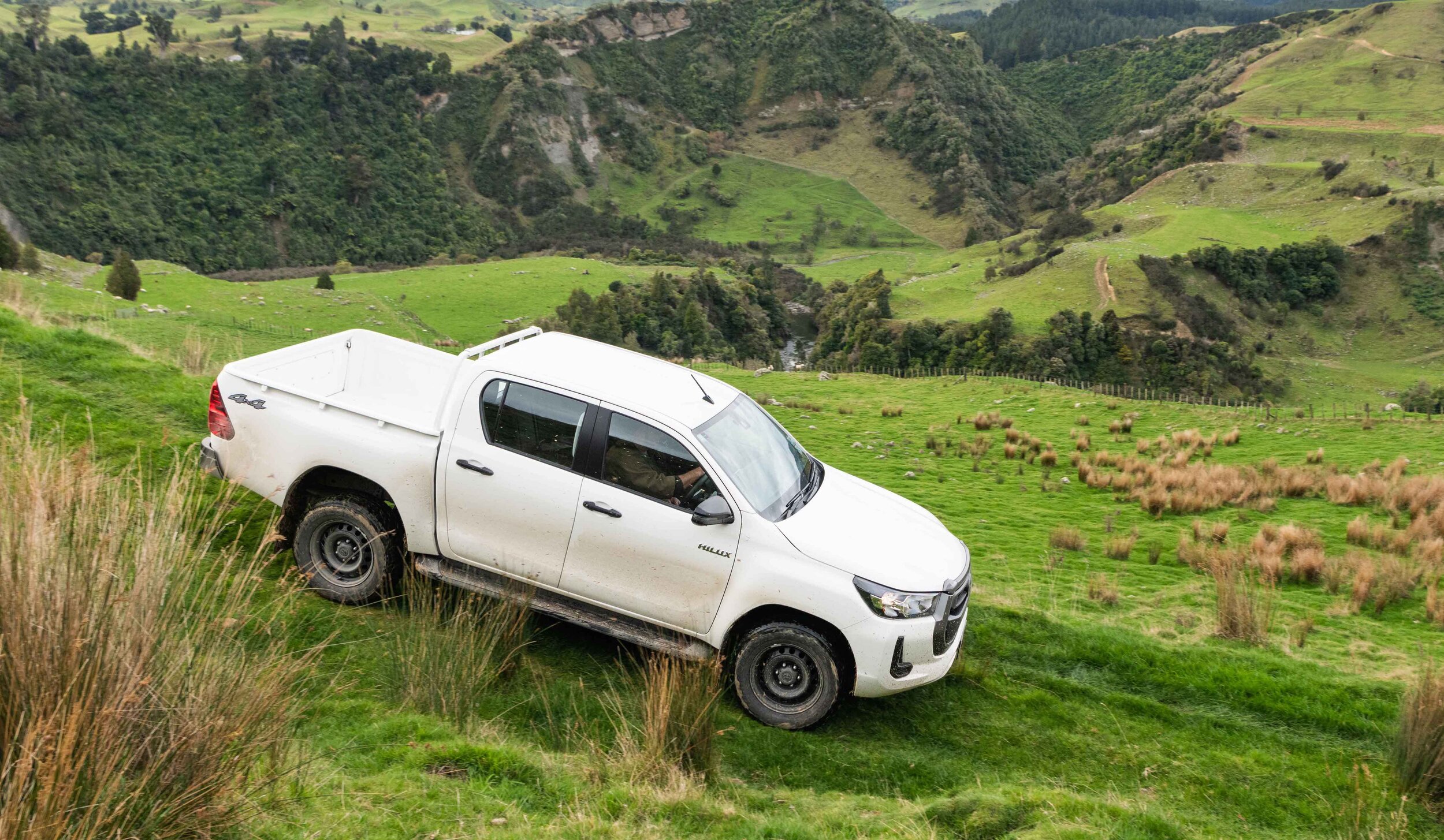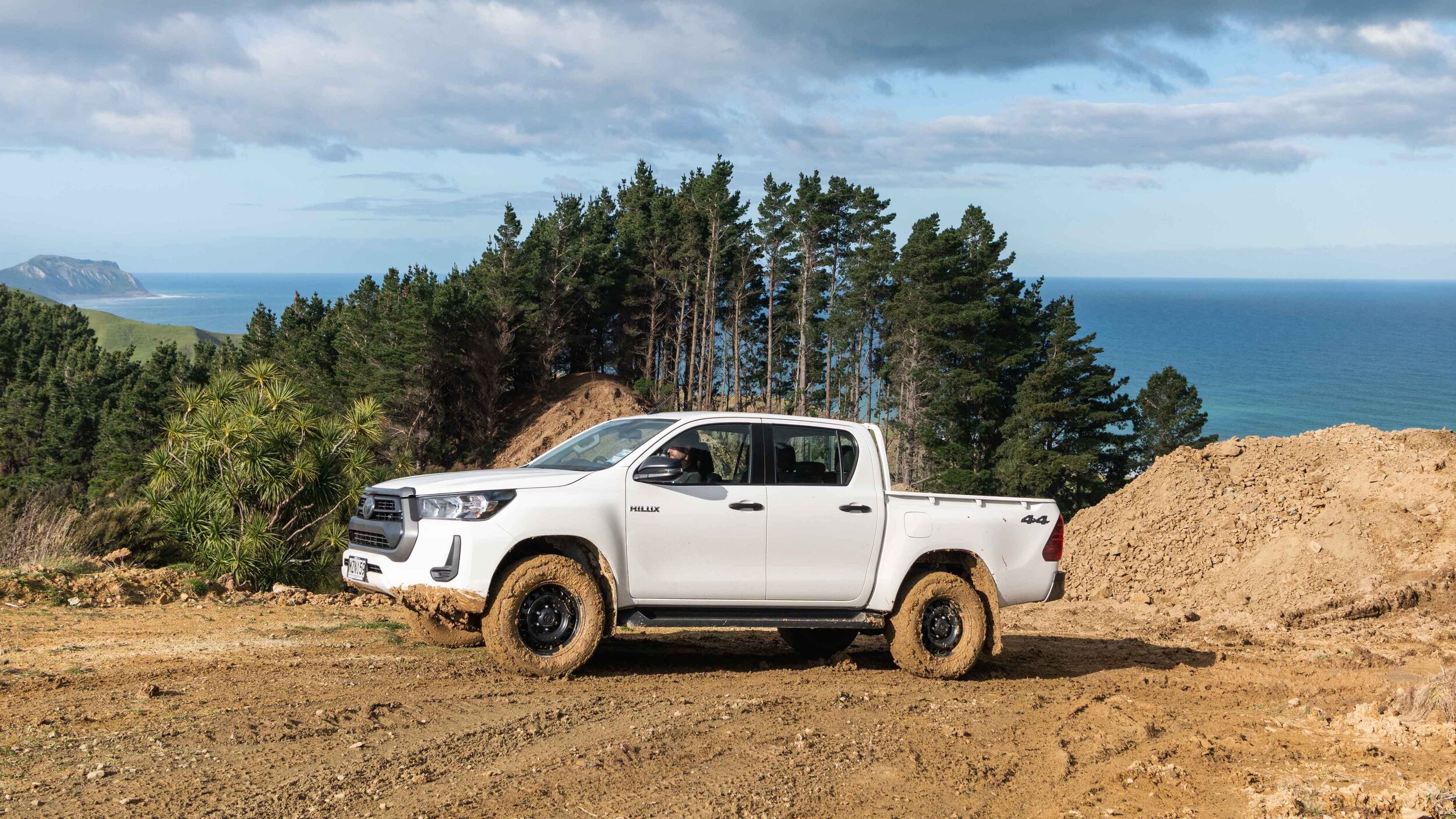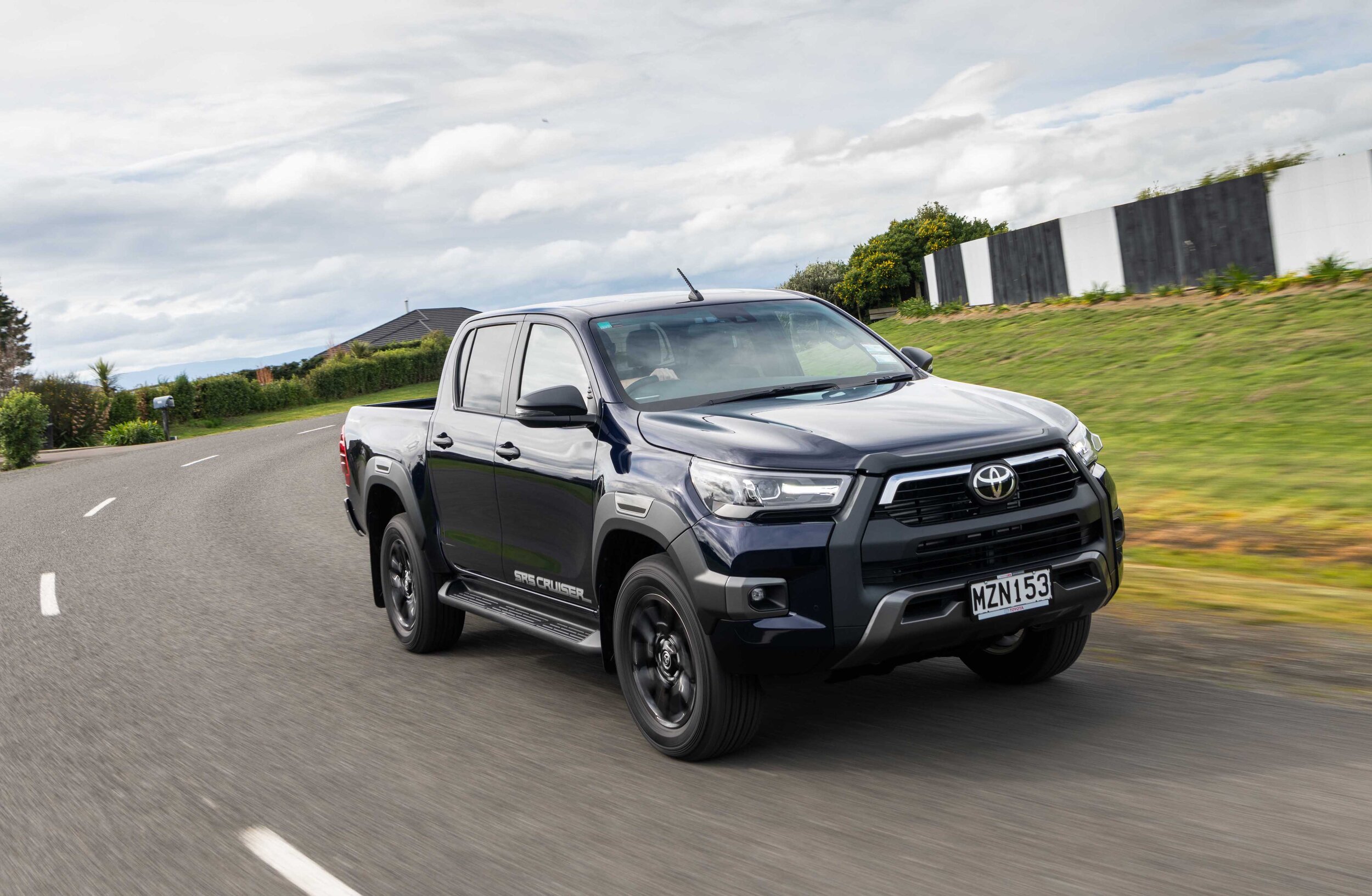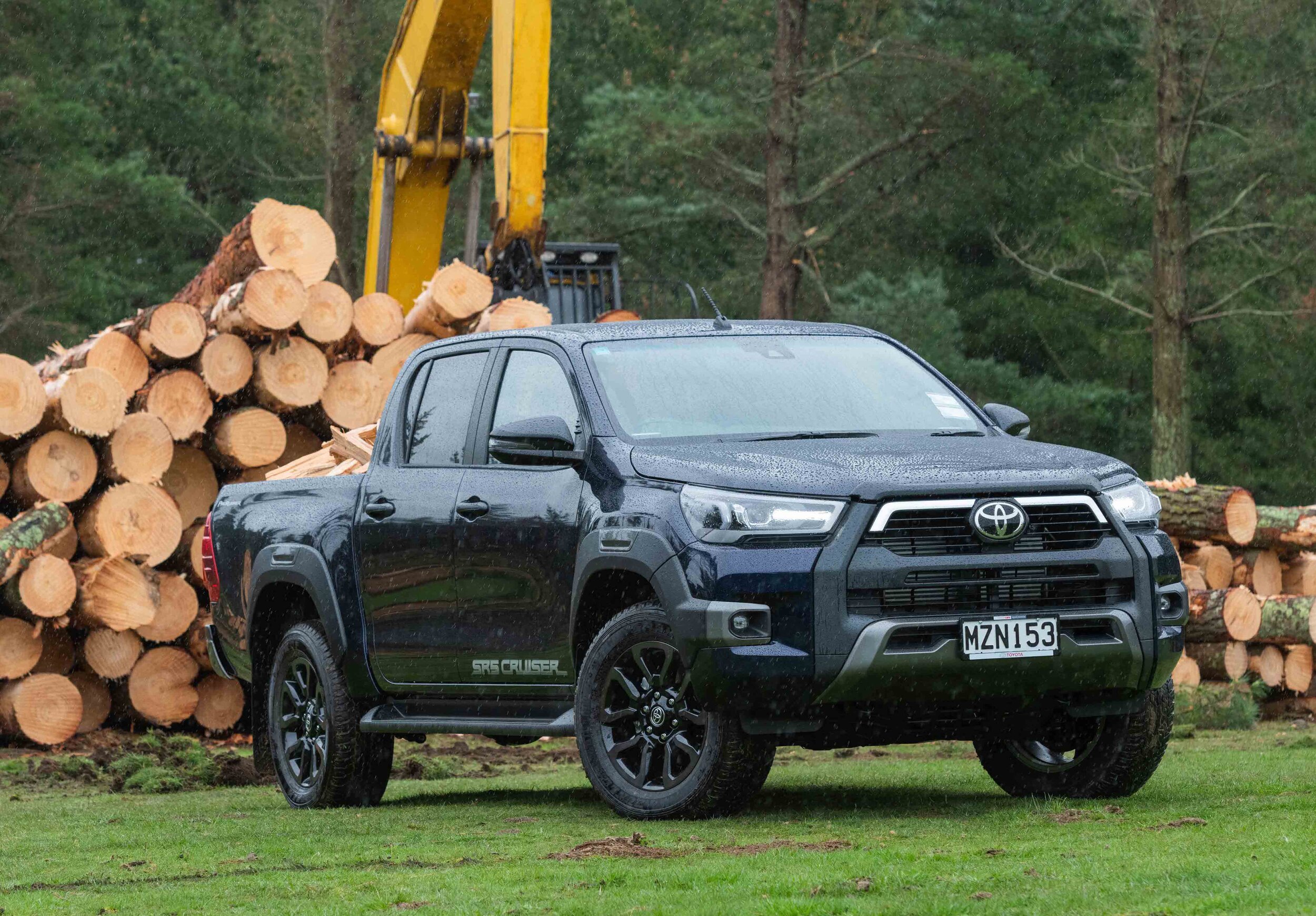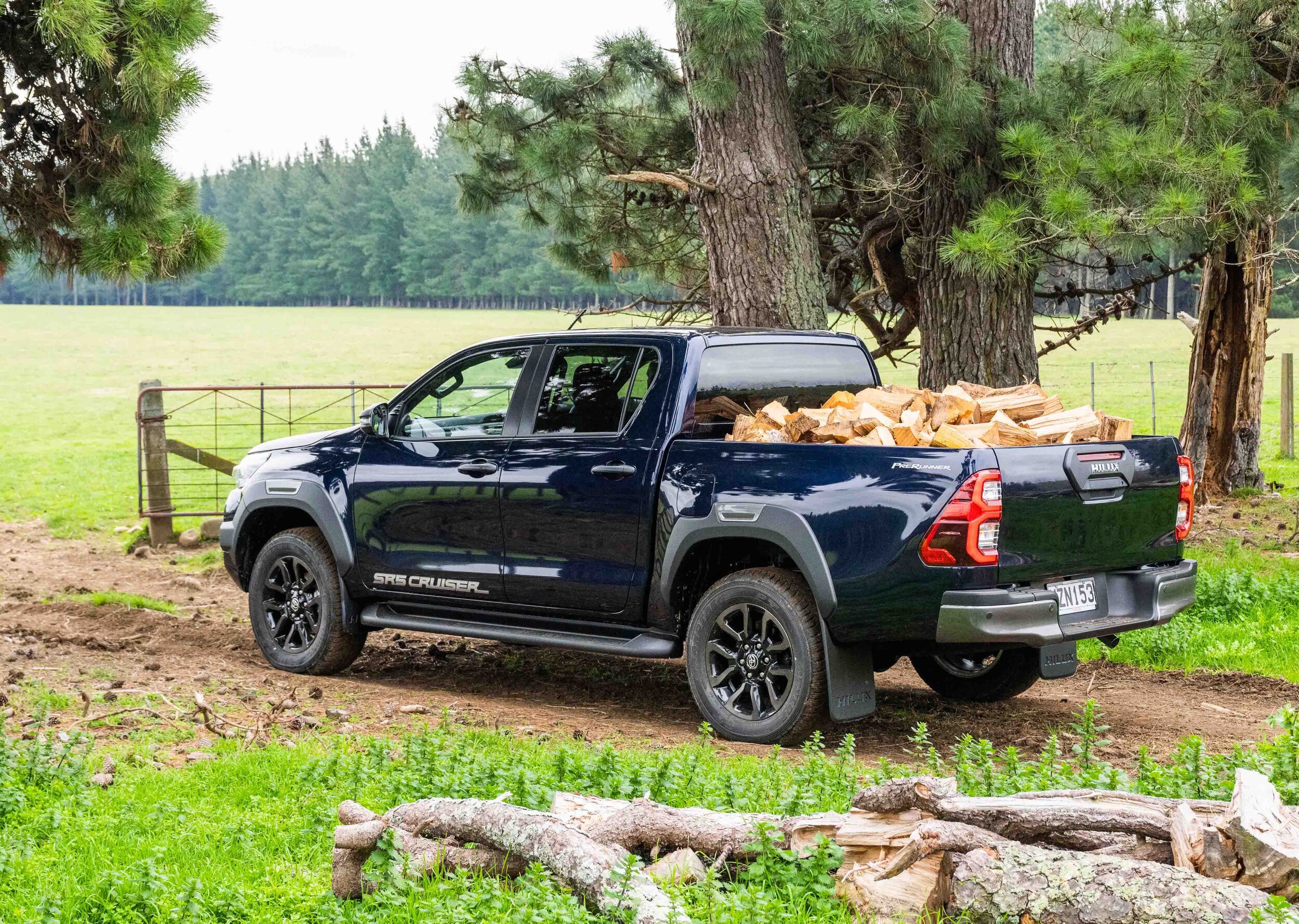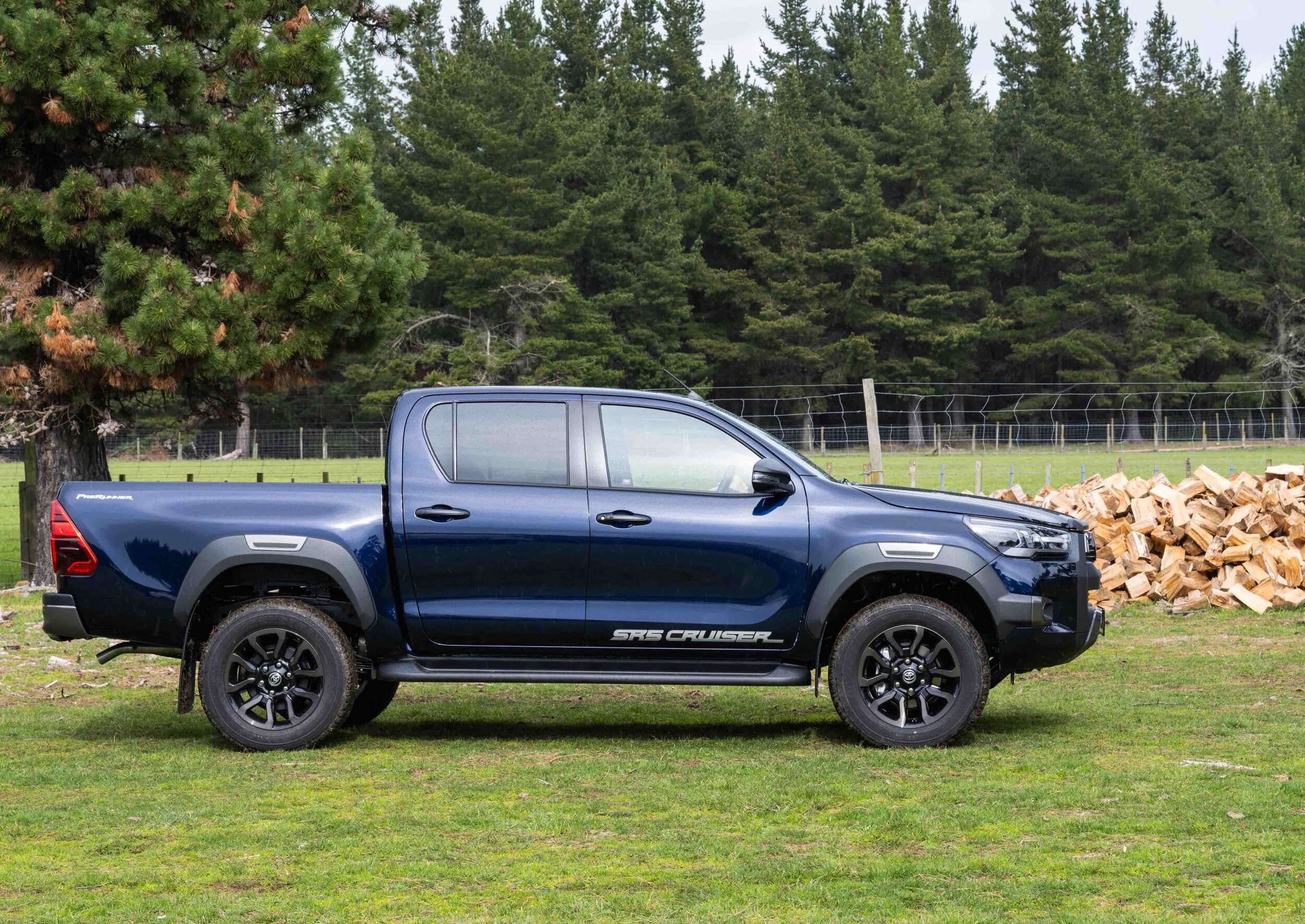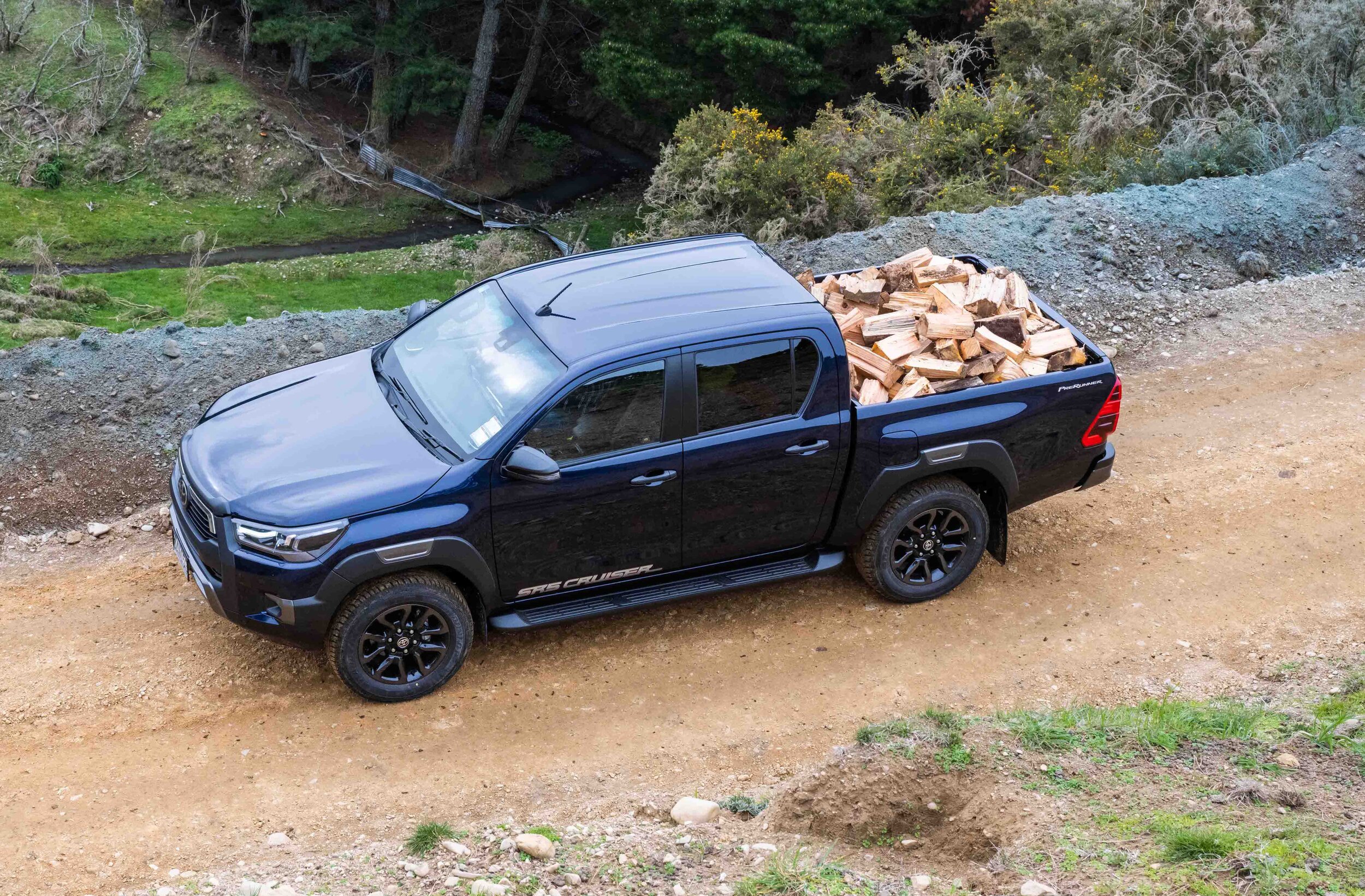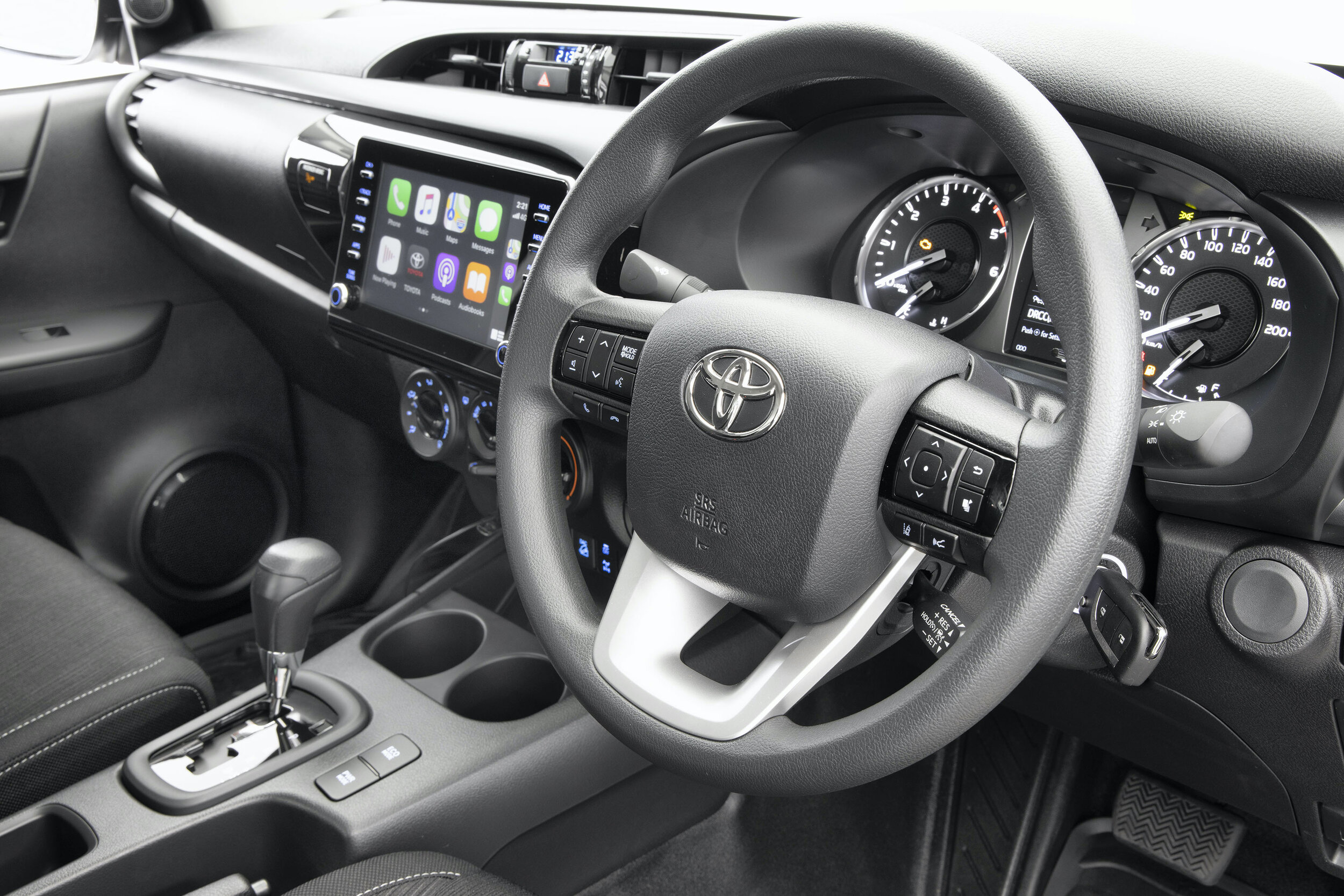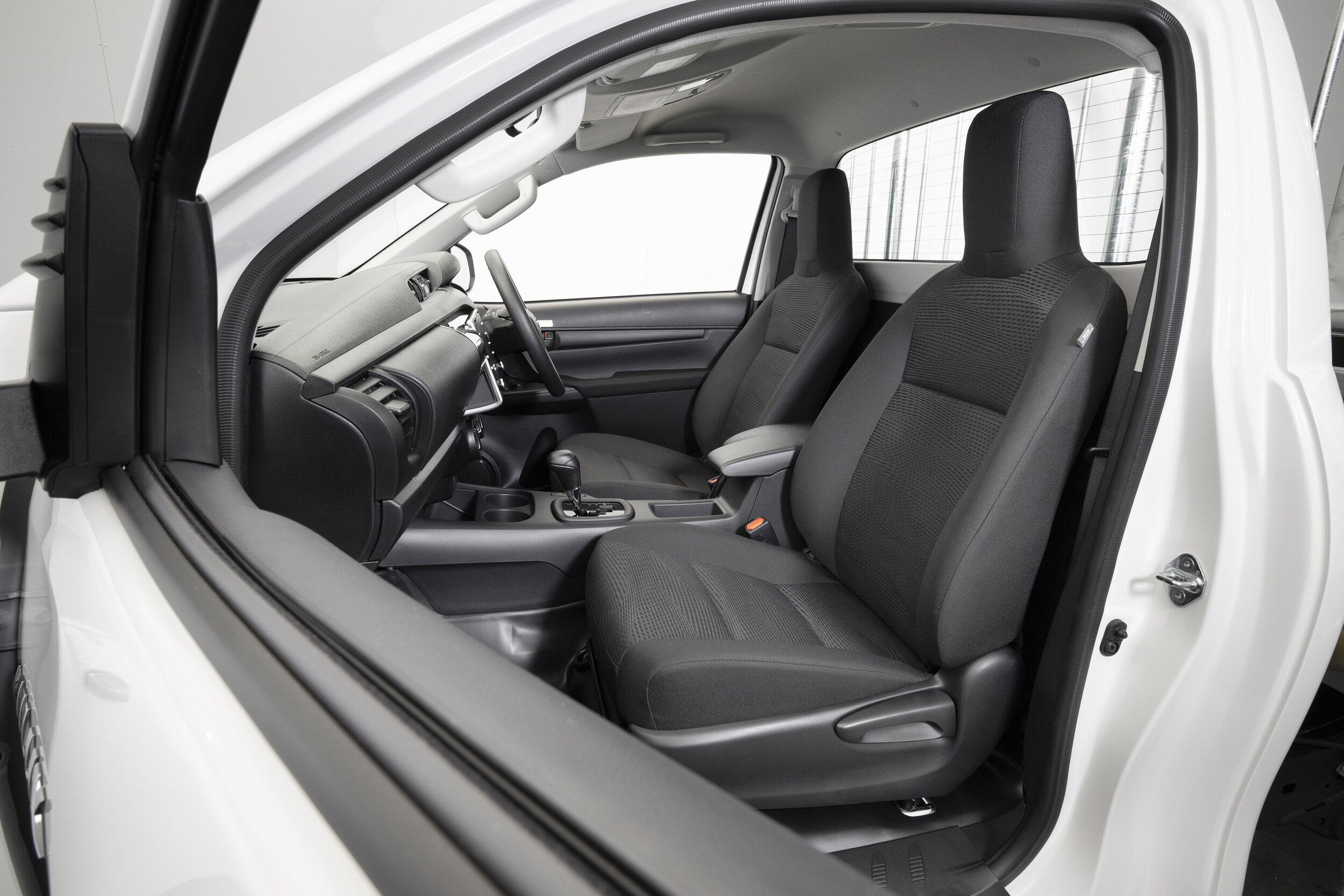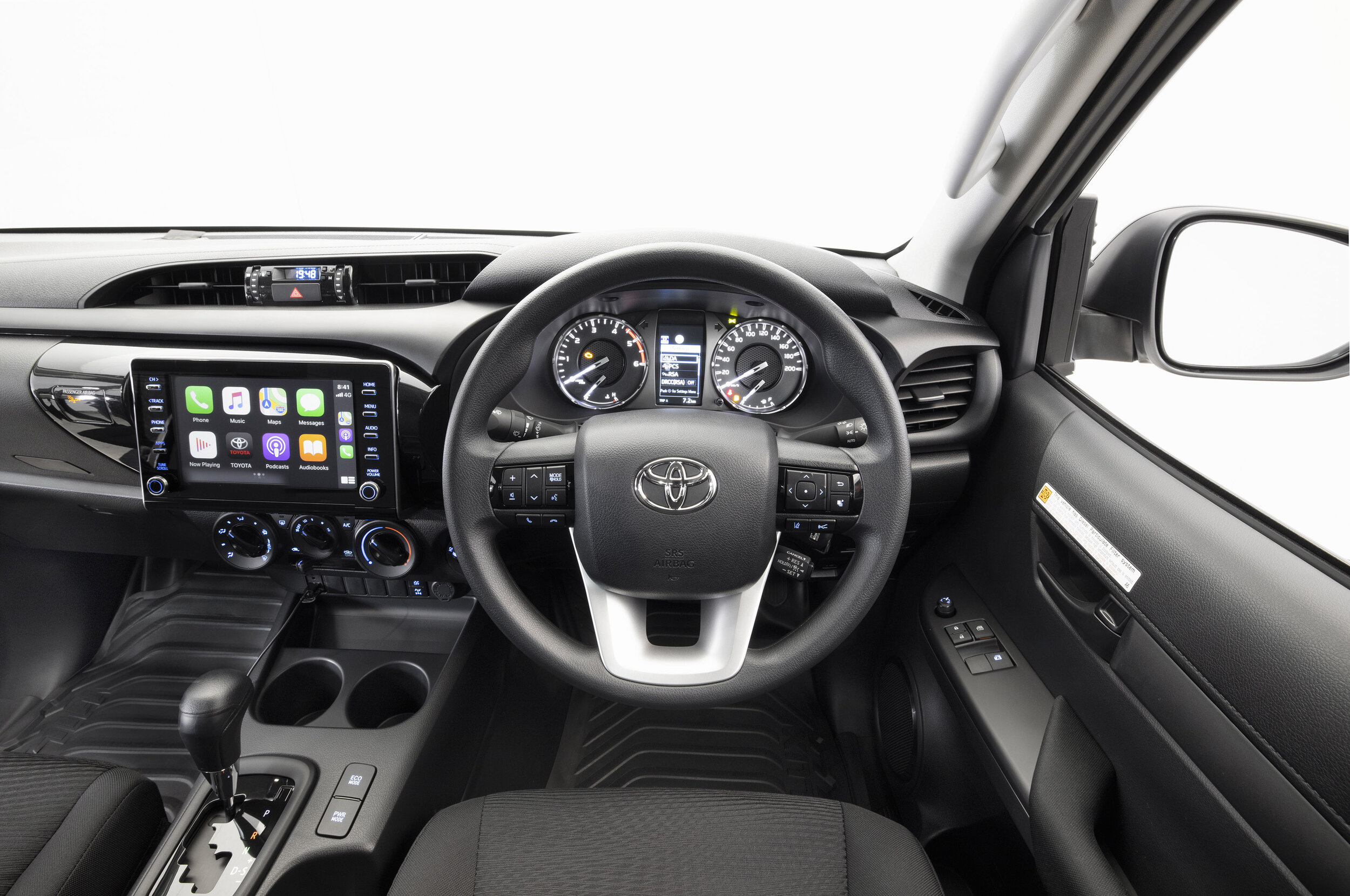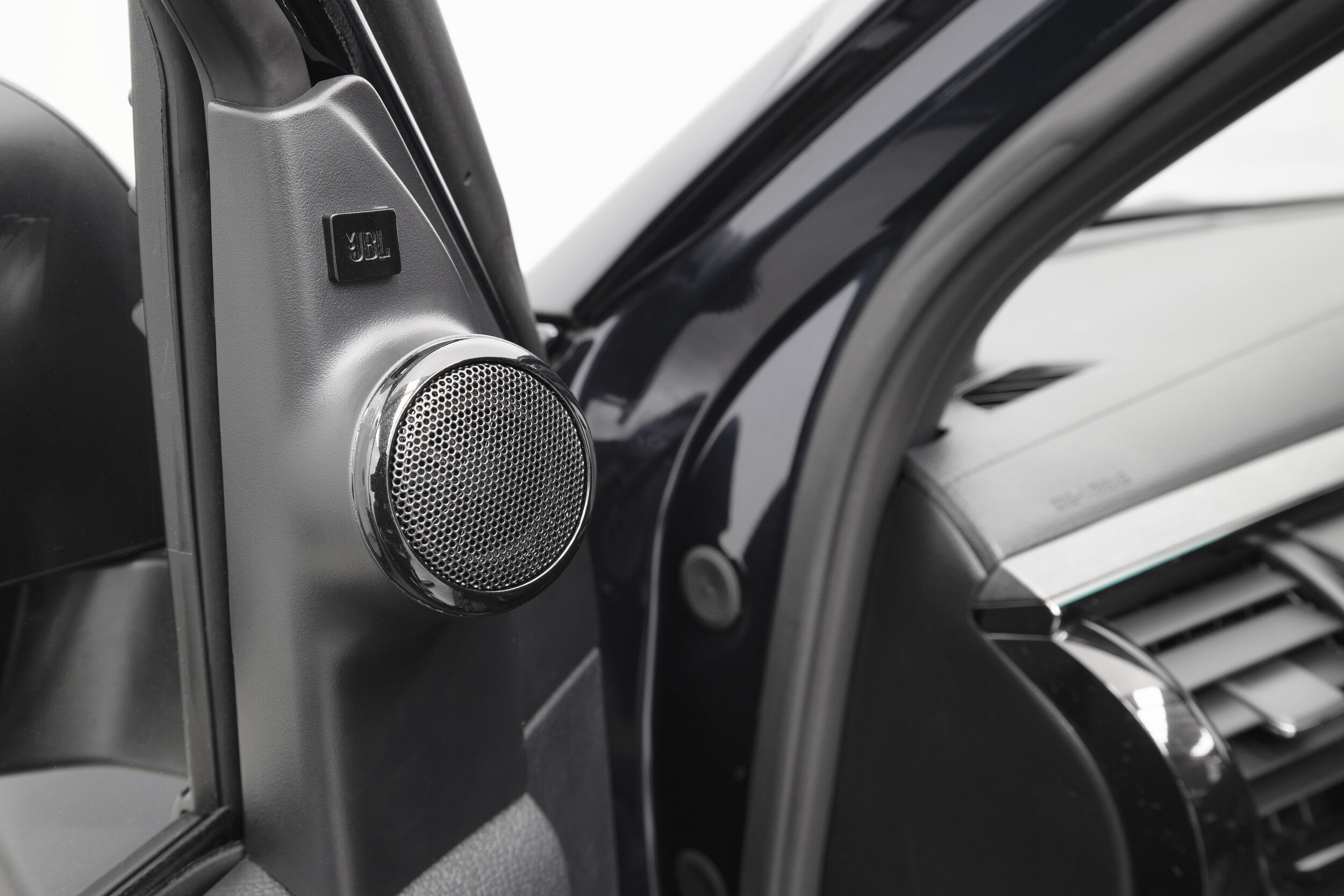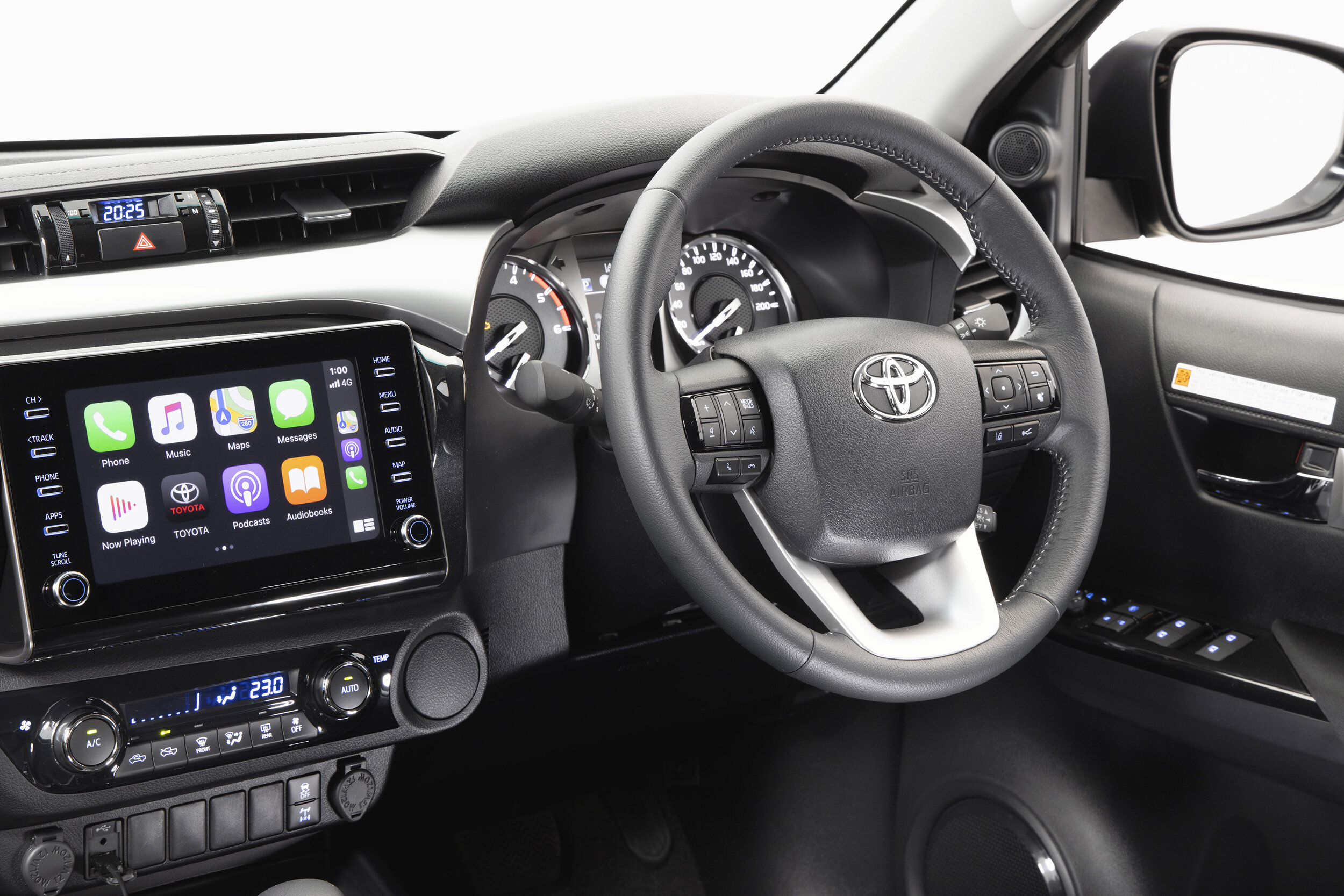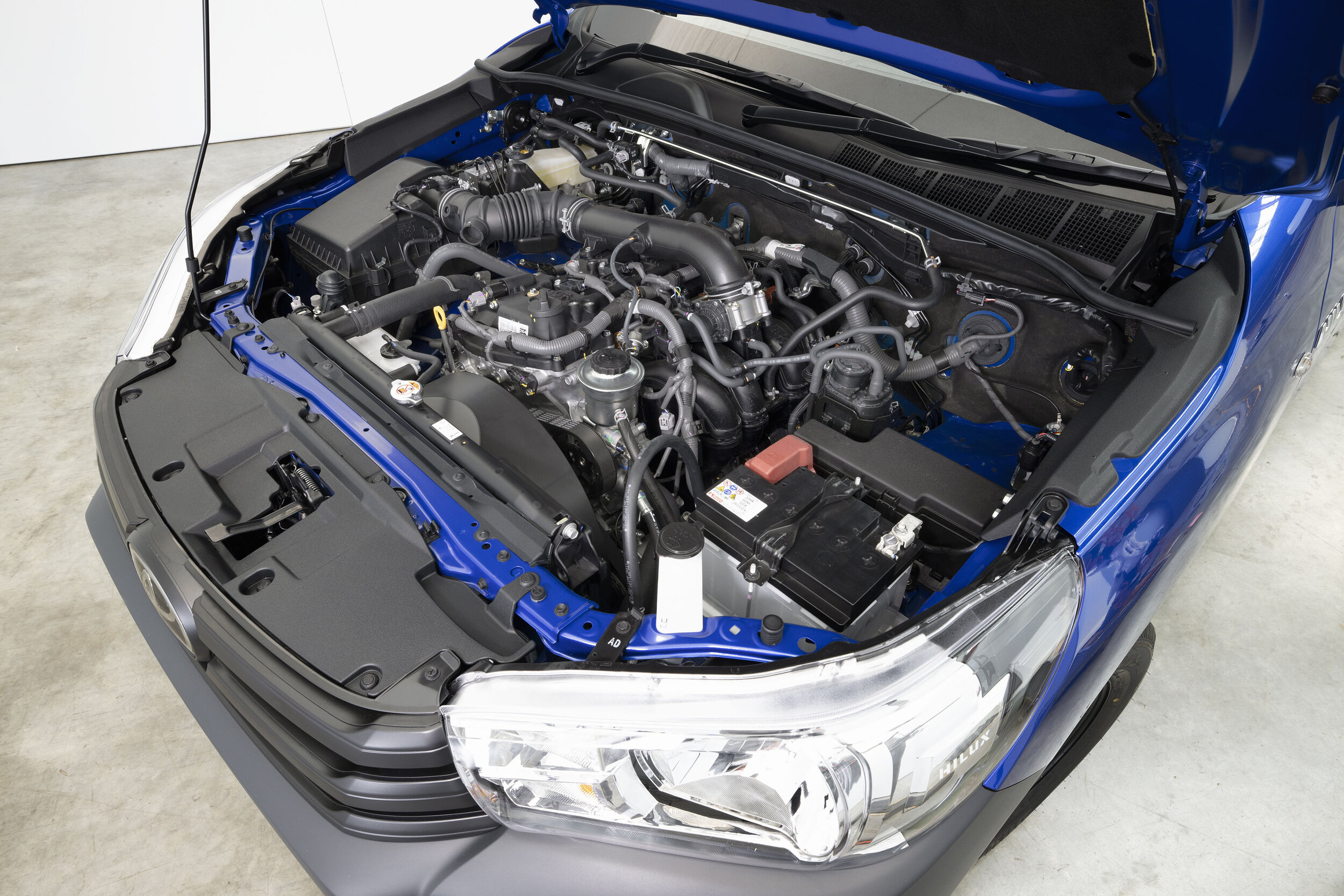That’ll appeal to the family users that flock to the high-end wellsides, of course; parents of car sickness-prone kiddies shoved in the back will be relieved. But it’s not just beneficial for townies.
The flatdeck we took from the Lupton farm at Waverley (yes, home of Melbourne Cup-holder Kiwi, now buried in the front garden) through to Dawson Falls, was a confident drive, too. So it’ll get the farm dog vote, for sure.
In sorting the suspension, there’s a sense the Bridgestone Dueller rubber is getting better opportunity to get a grip when it counts. The power steering has been revised but is still hydraulically assisted. It feels better than before, albeit heavy compared to the electric power steering set-ups now coming into this category. The brakes deliver modulated pedal feel. There are four-piston calipers clamping 319mm front discs up front and drums at the rear, as per class convention.
The only element lacking that would offer even more improvement is an ingredient just the VW Amarok offers in this sector: Full-time four-wheel-drive. Yes, Toyota’s system does allow for high-range all-paw engagement on seal, but only in certain circumstances. And the Hilux 4x4 now has a rear auto limited slip differential which works when the ute is in two-wheel-drive. But for ultimate traction you can’t beat having all four wheels working all of the time.
Slide into the cabin and, that new mid-console aside, it’s all familiar territory; so, some hard plastics and a quality, tight finish.
The screen’s integration works best in the Cruiser – it sits snugly above the air conditioning panel, whereas models with manual air con are less well integrated. In these the bottom of the screen hangs out enough to impede sight of some controls. A tall driver will need to duck slightly to see if the A/c is active, for instance.
The infotainment update spells an end to a CD player, but will you care? What doesn’t make sense is that Toyota has implemented technology to better suit phone integration yet has determined to deliver just one USB charging port within the cabin: In this connected age, that just doesn’t compute. Yes, there are two 12V sockets (which you could use with a USB adaptor if necessary) and a household power socket (220V, 100W) in the centre console to run a laptop if necessary, but overall it’s just not smart.





